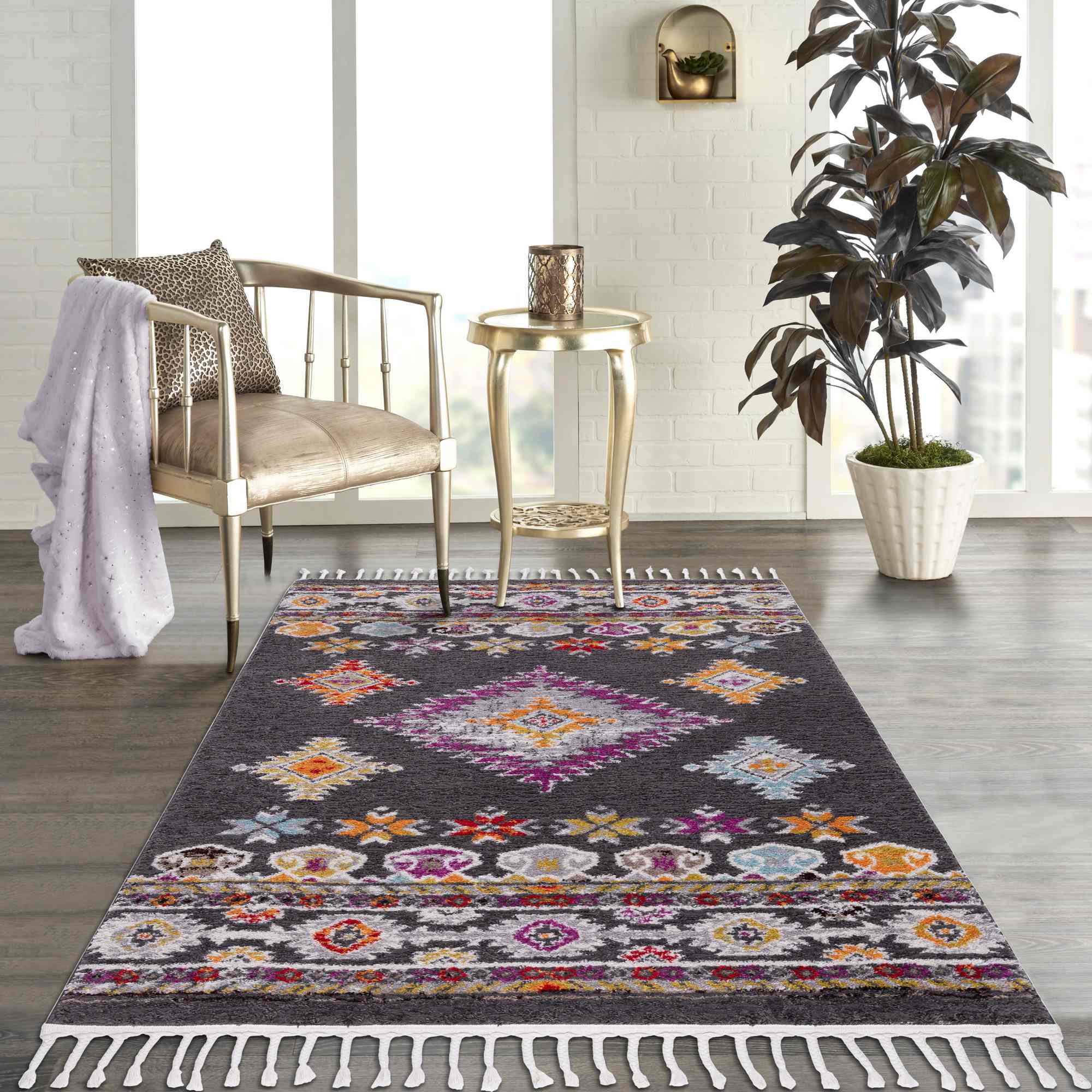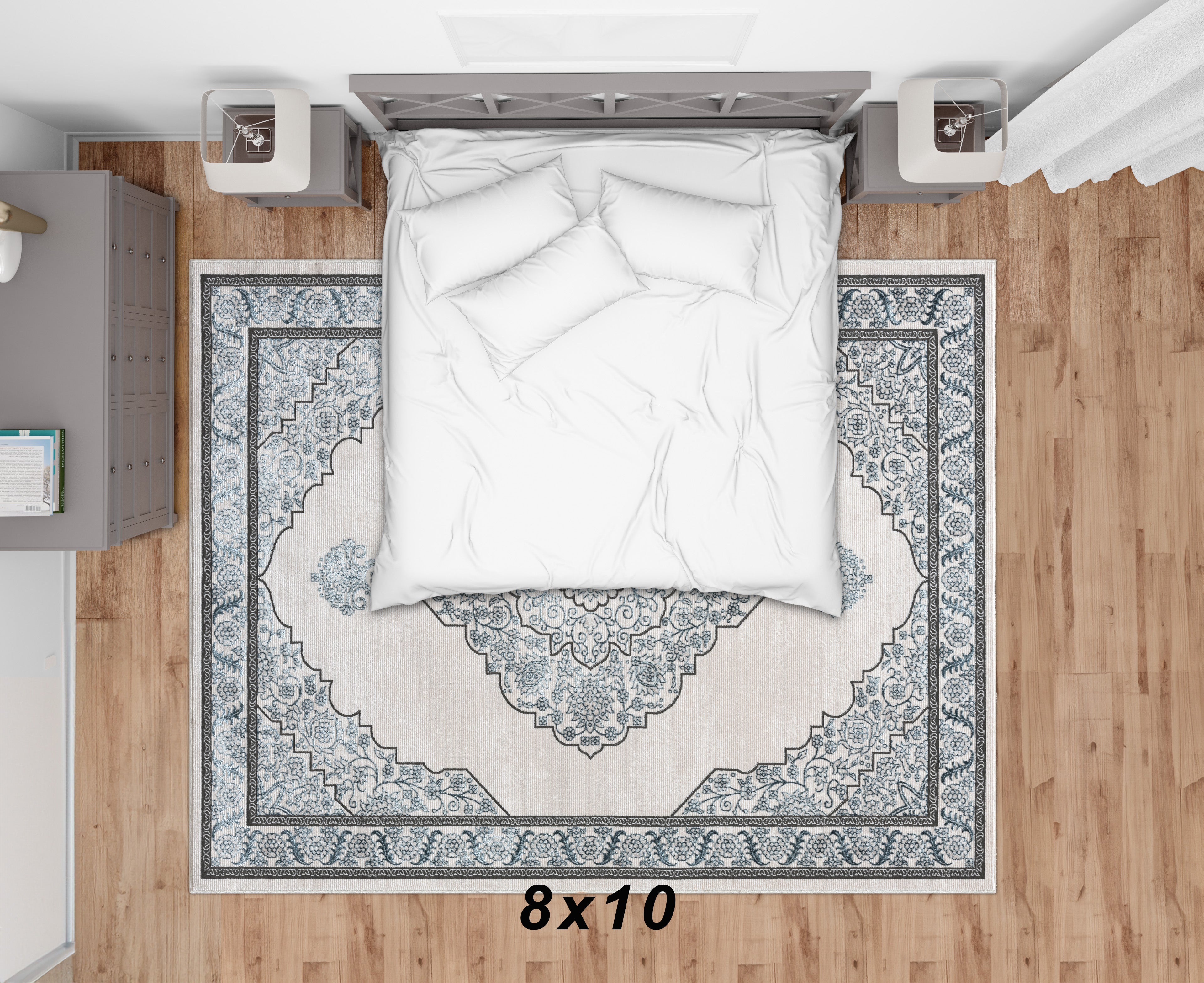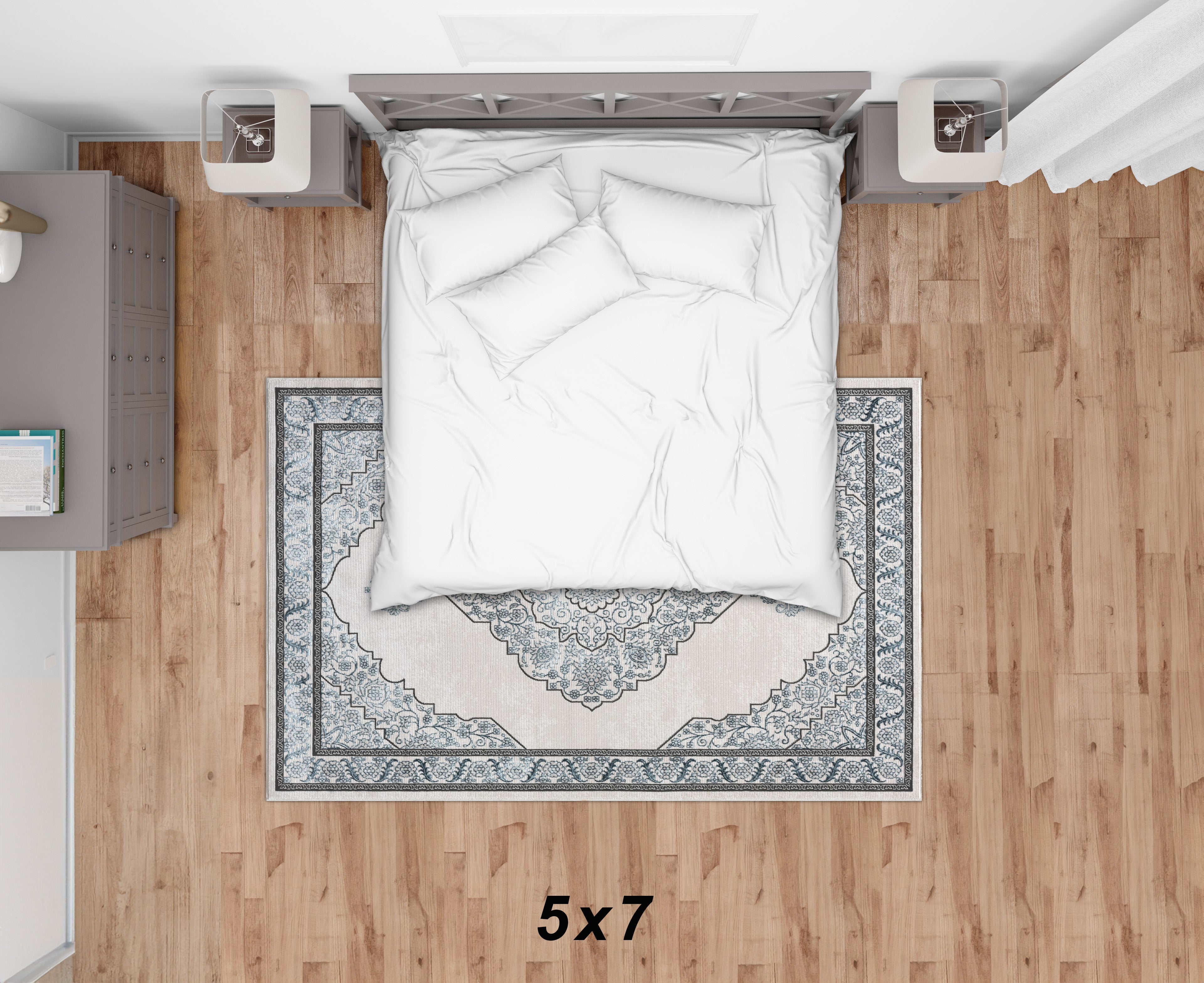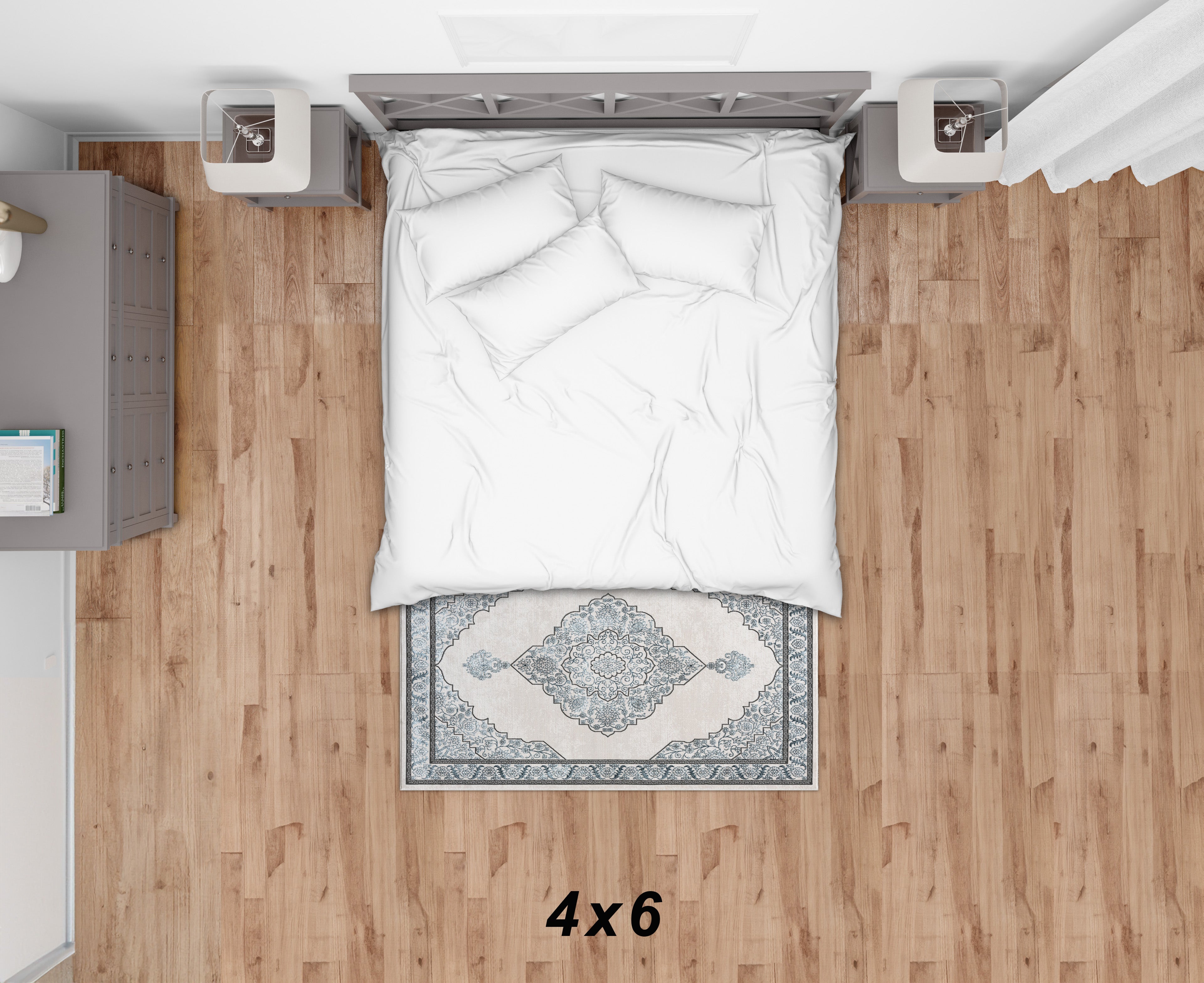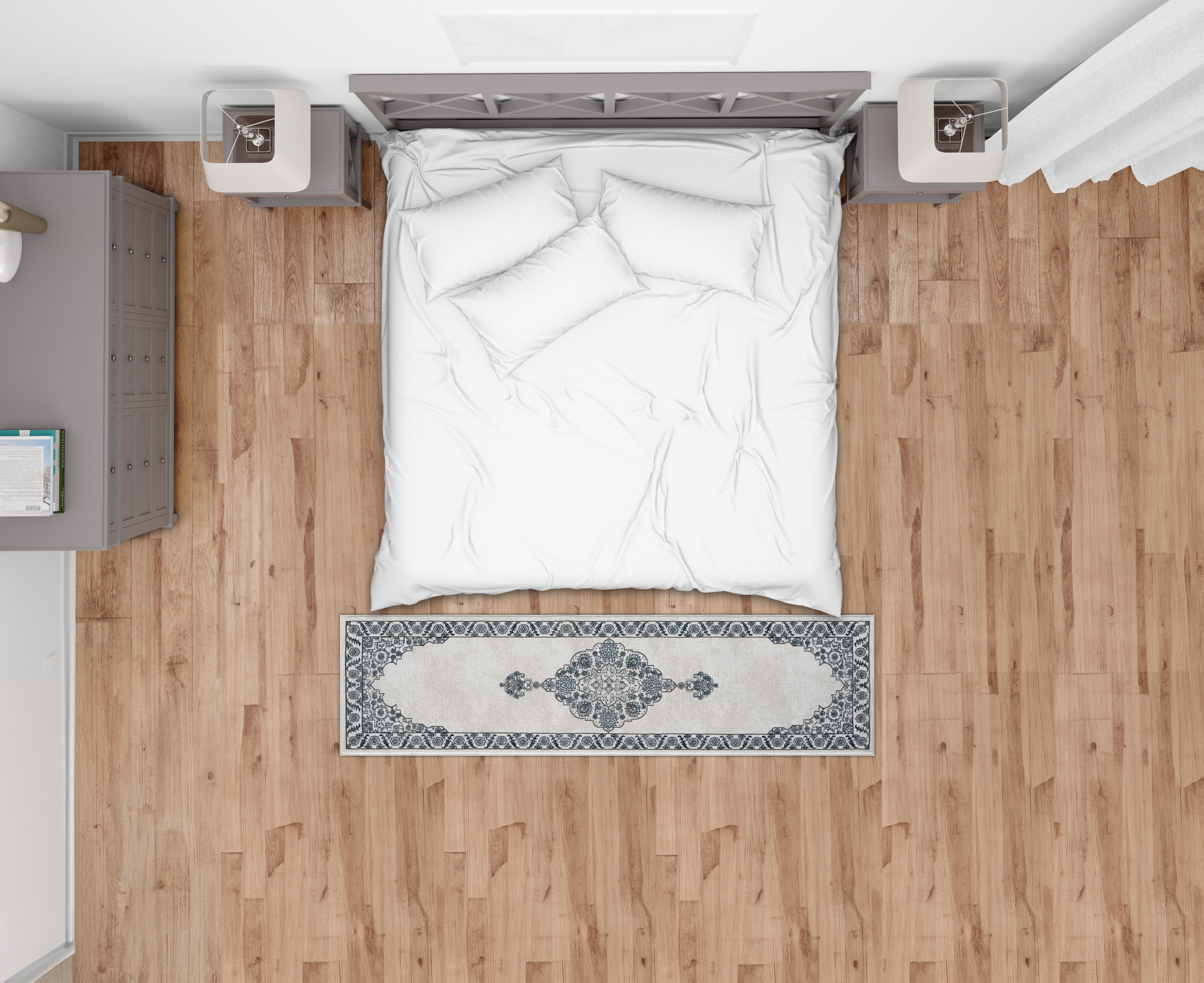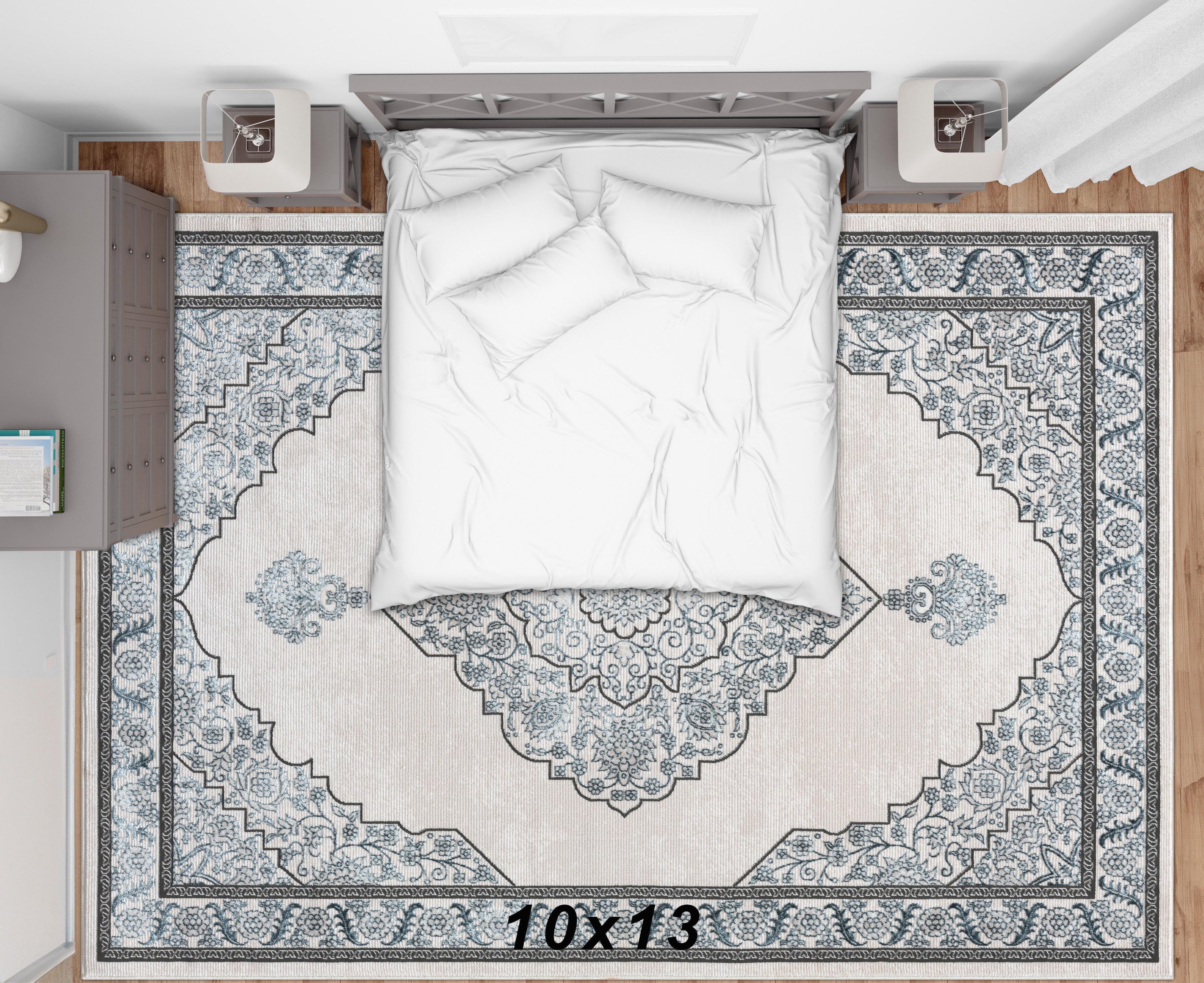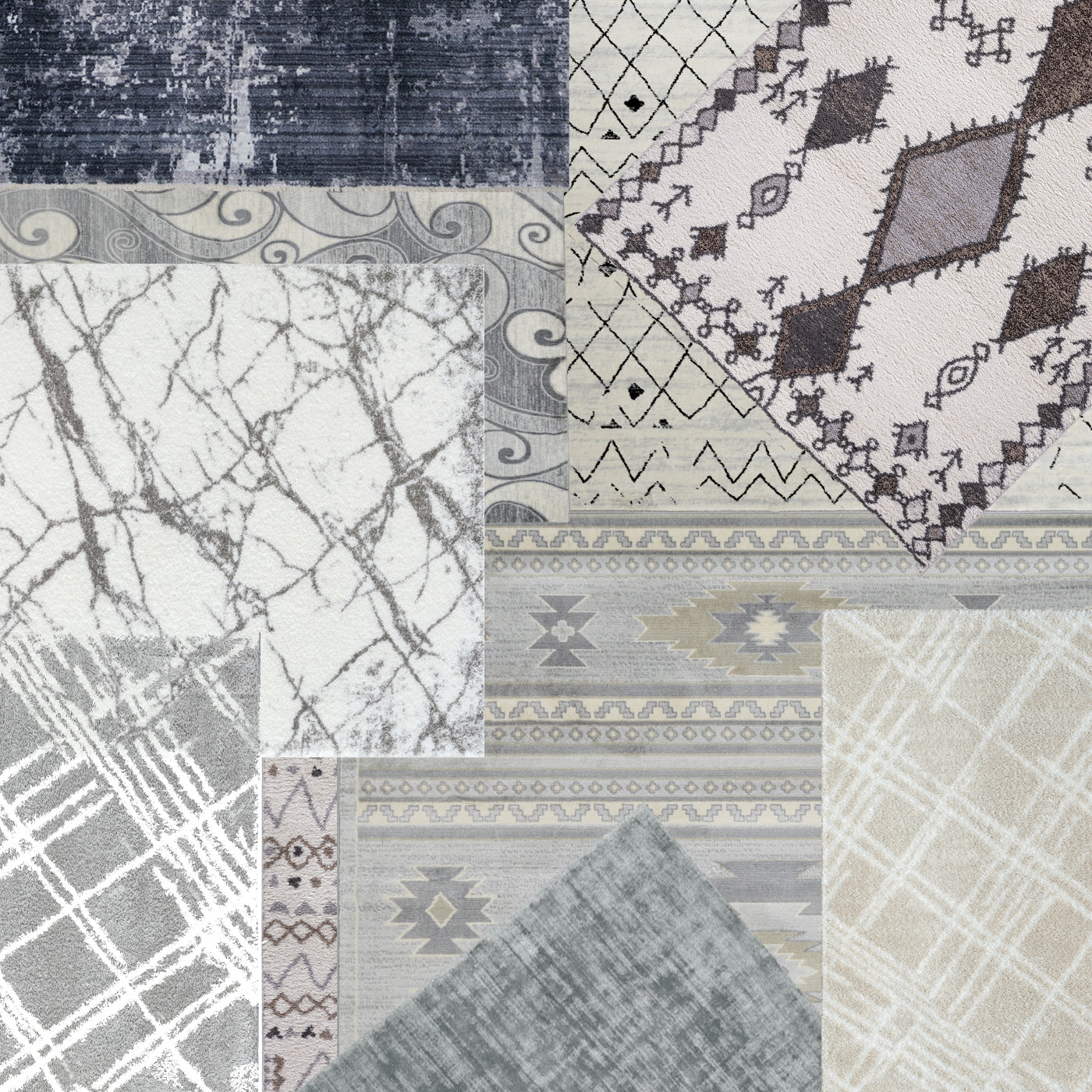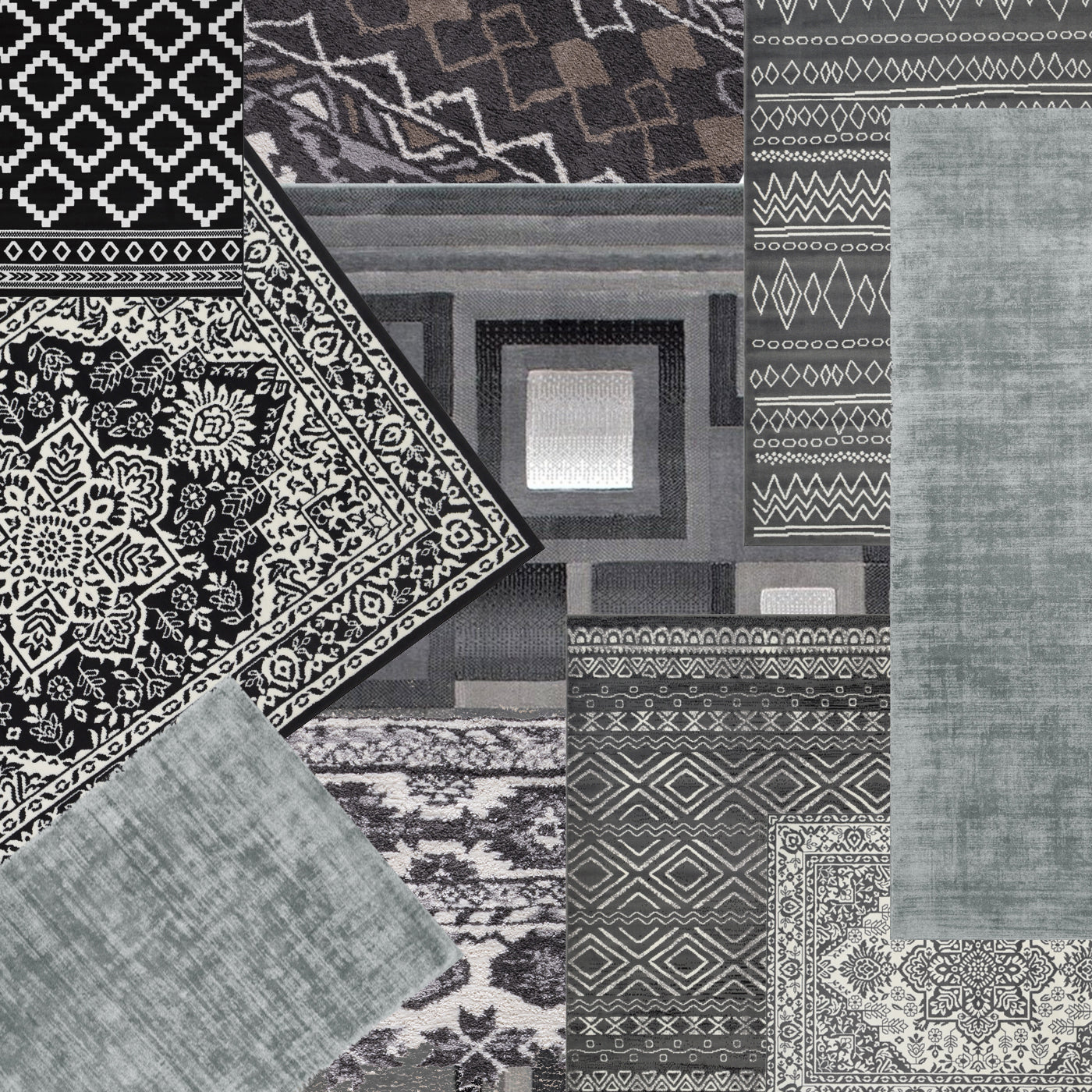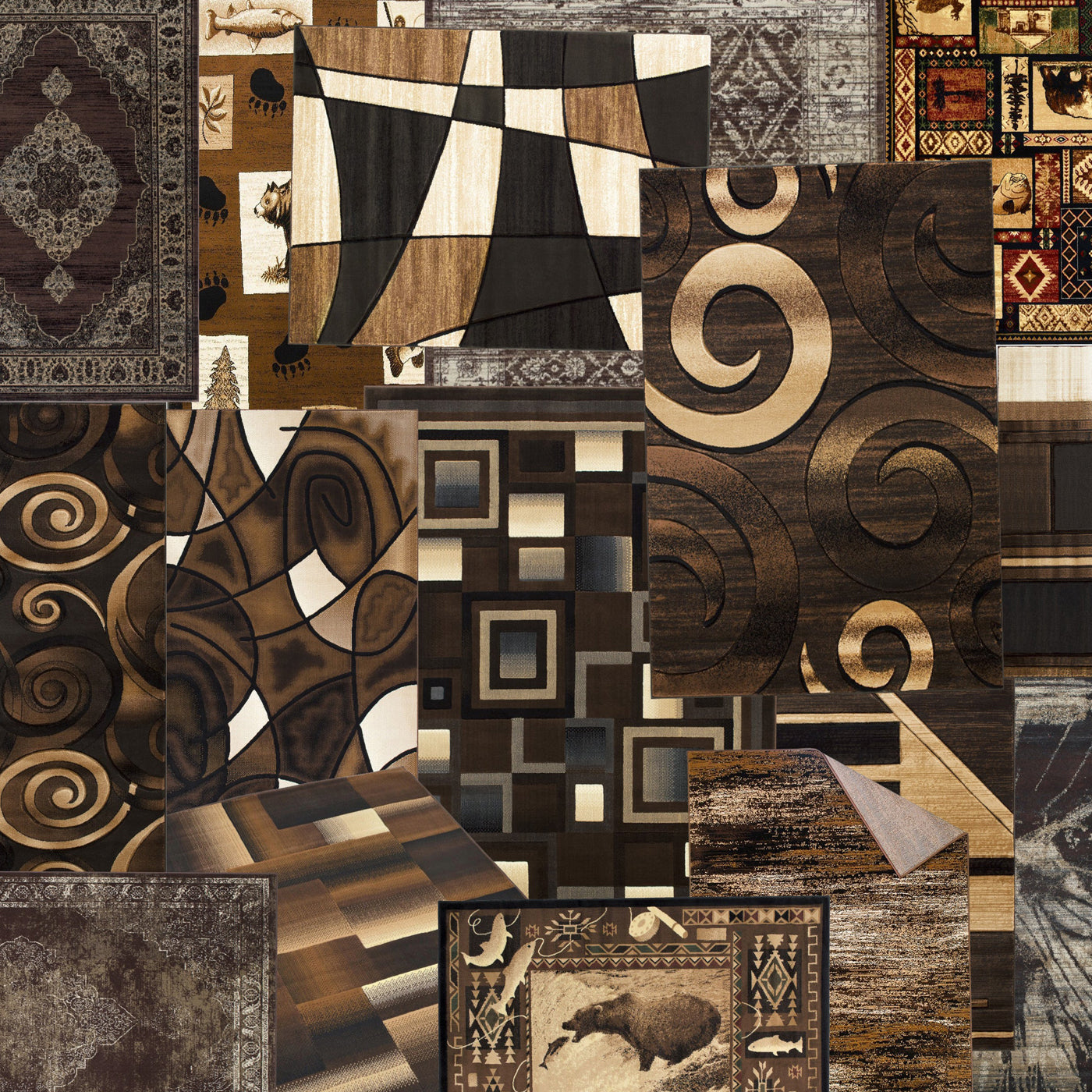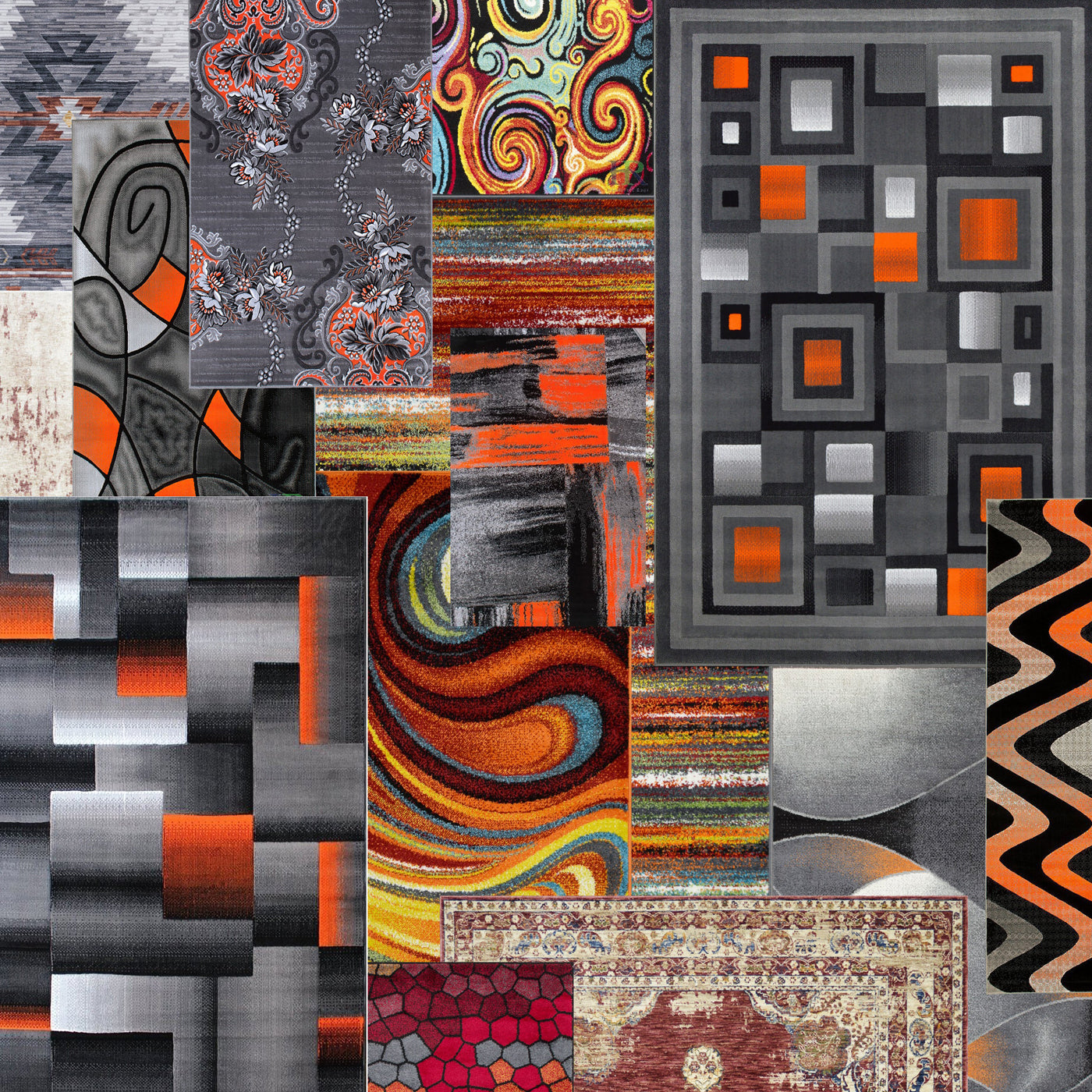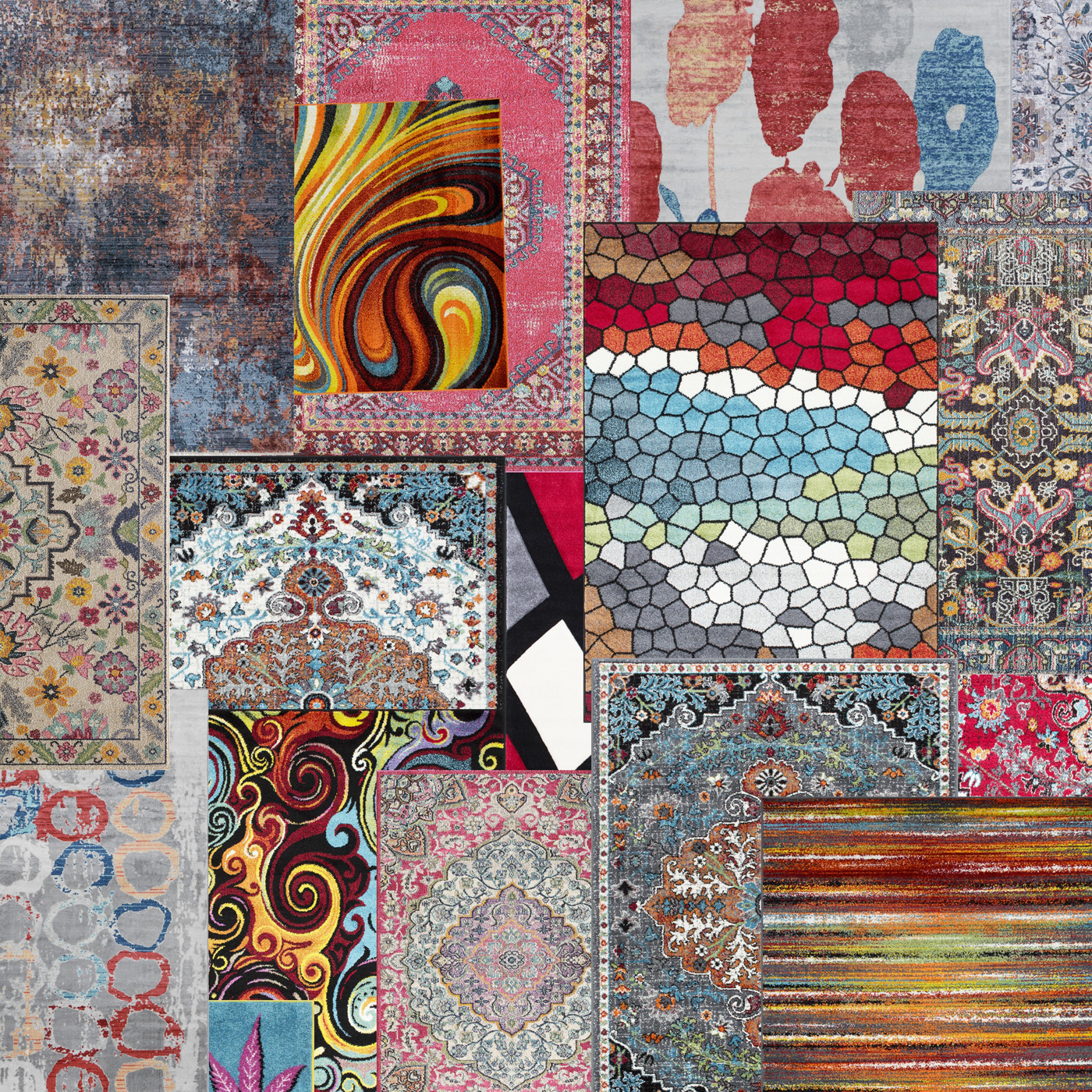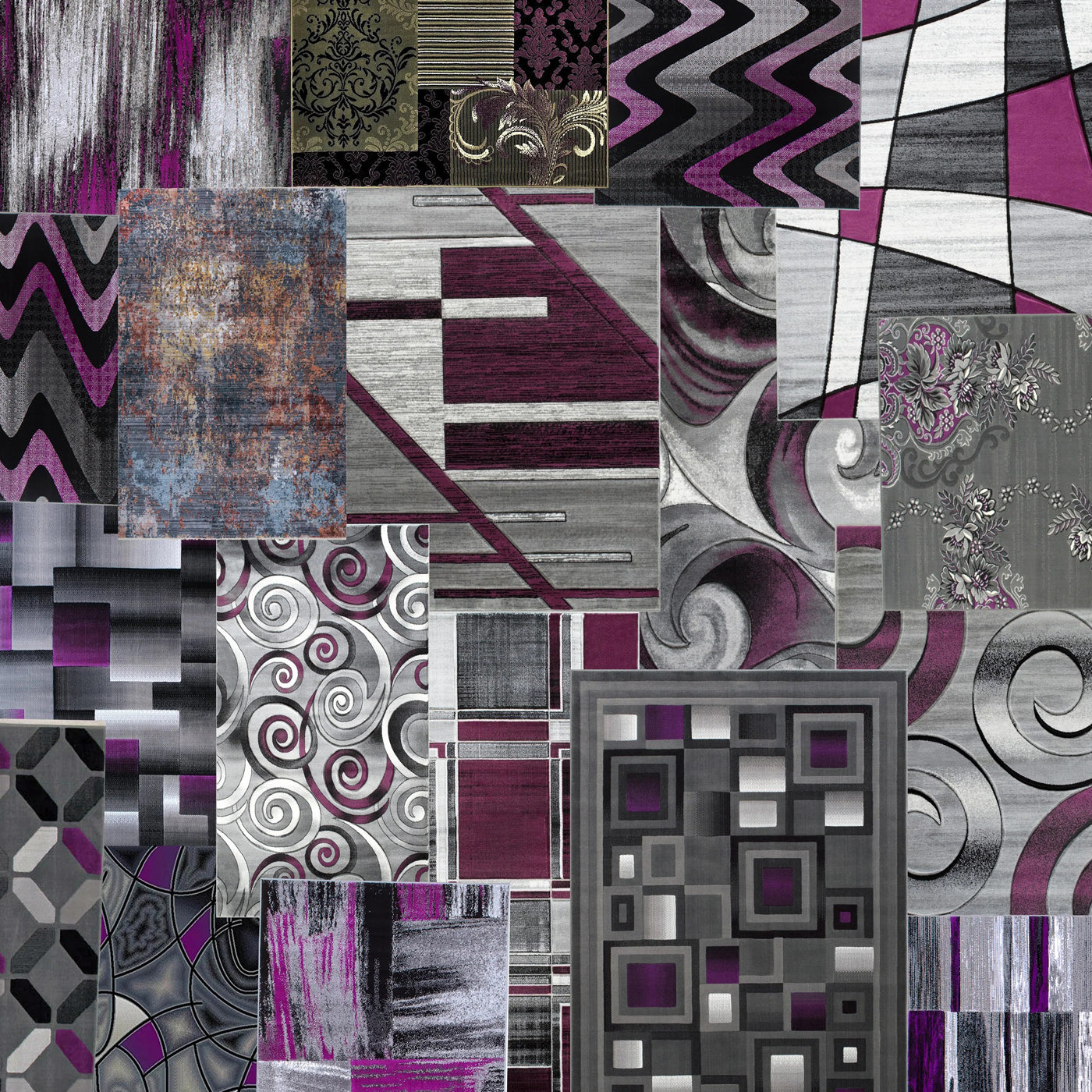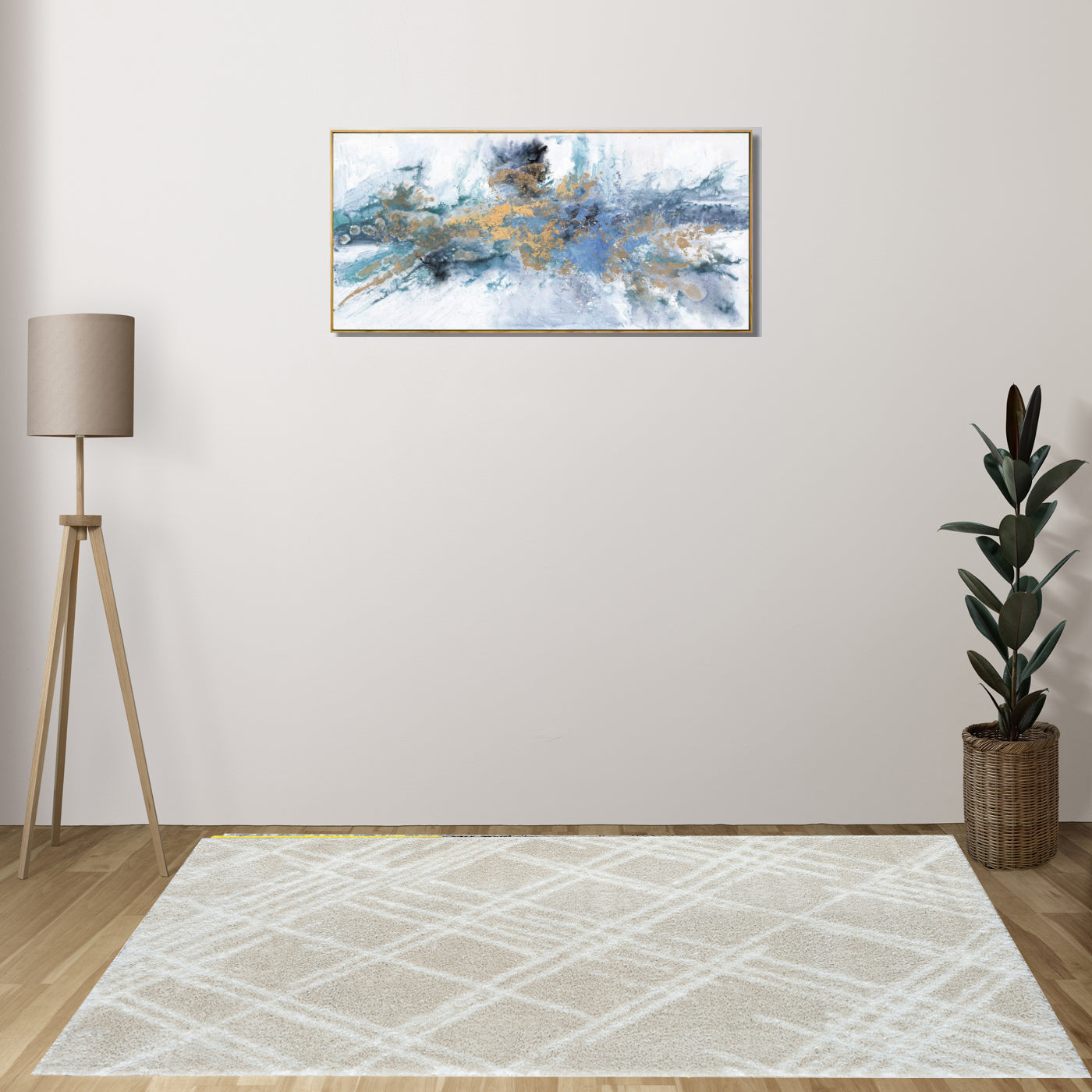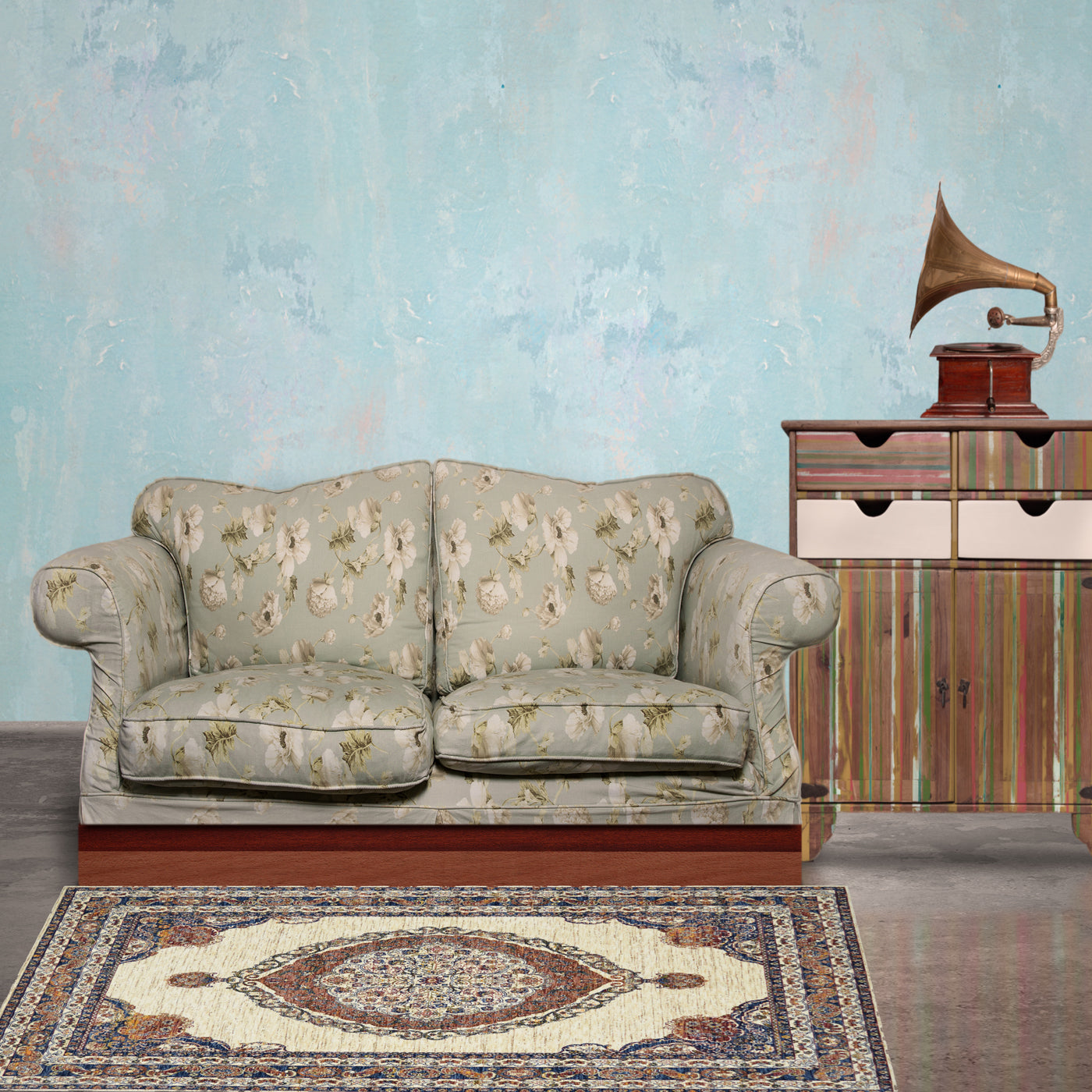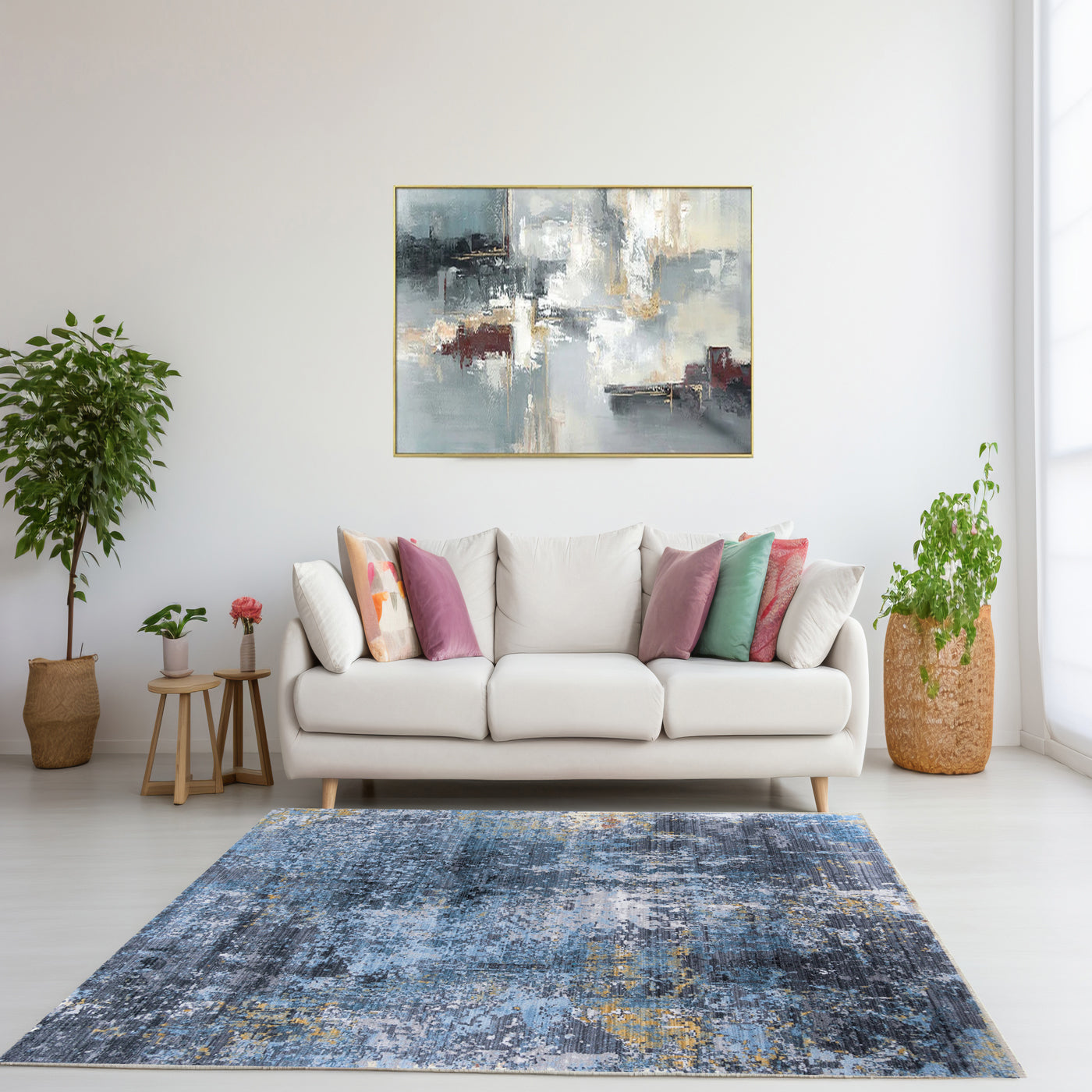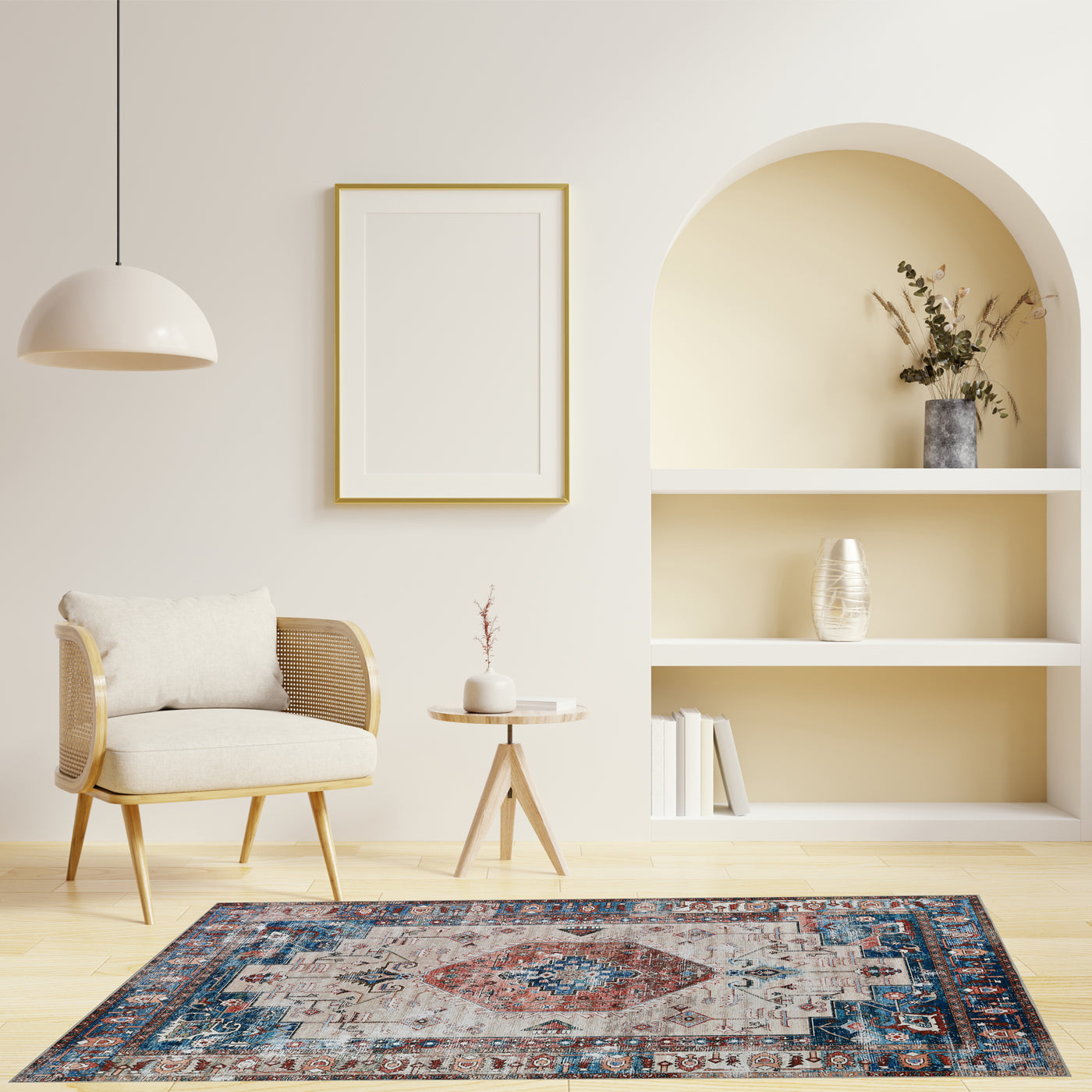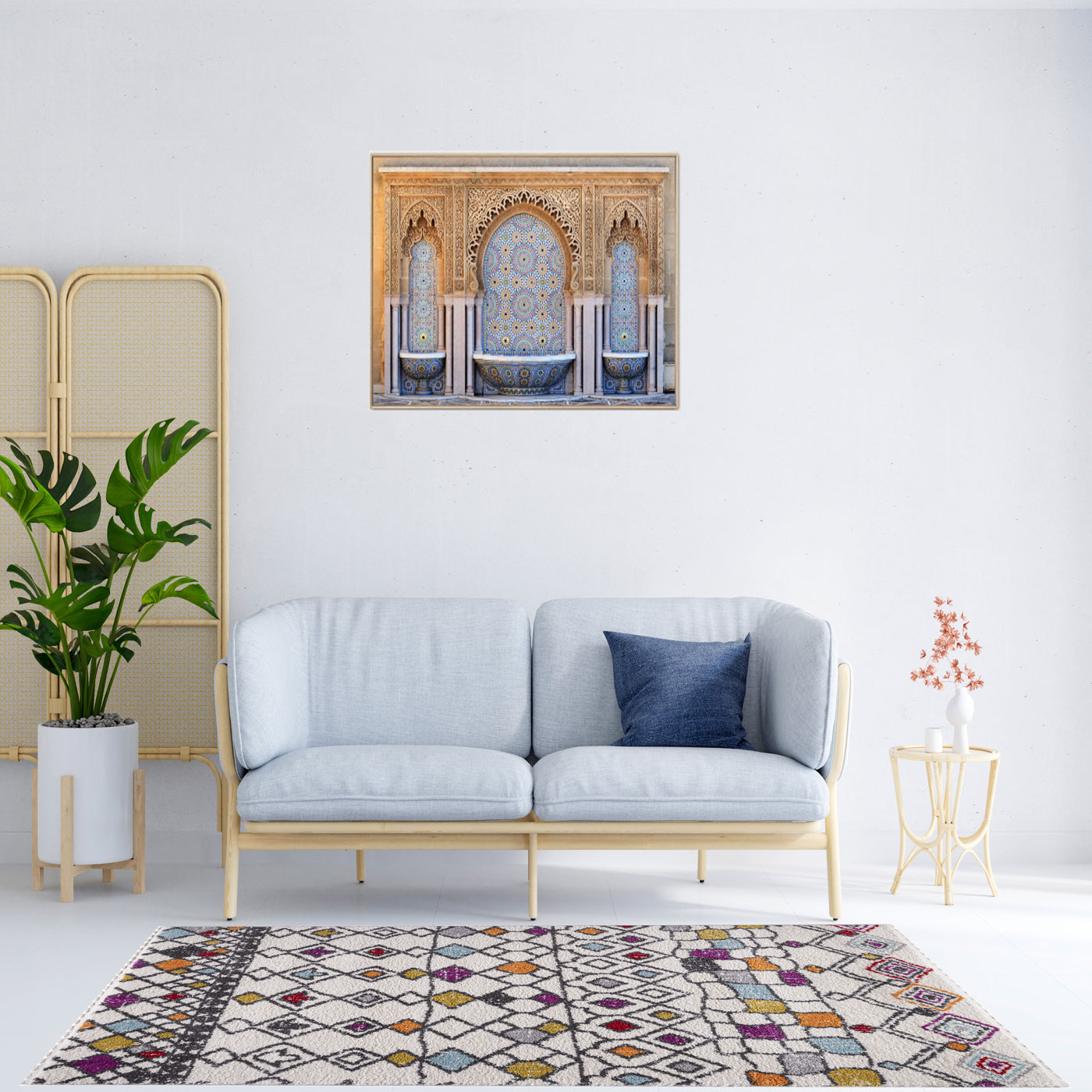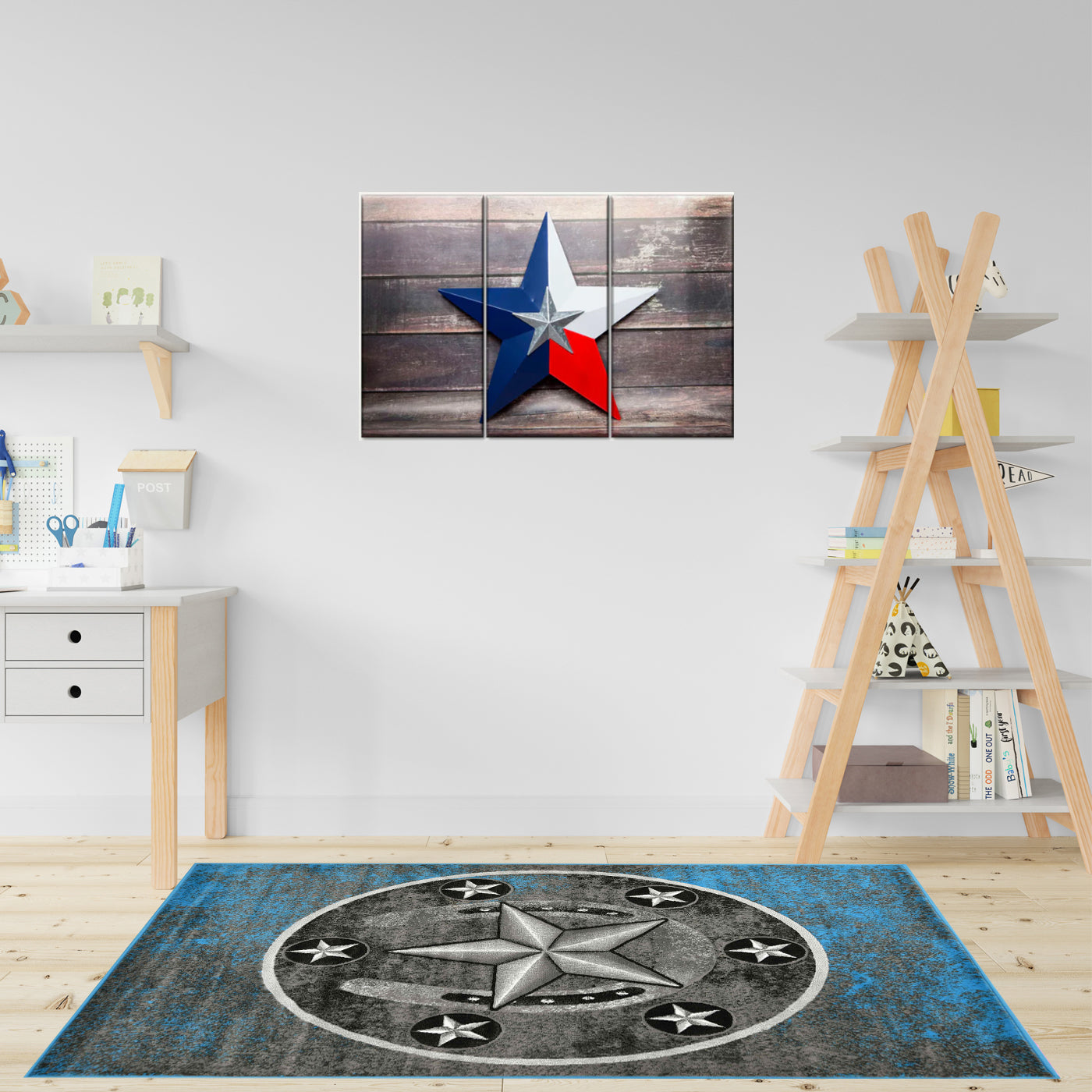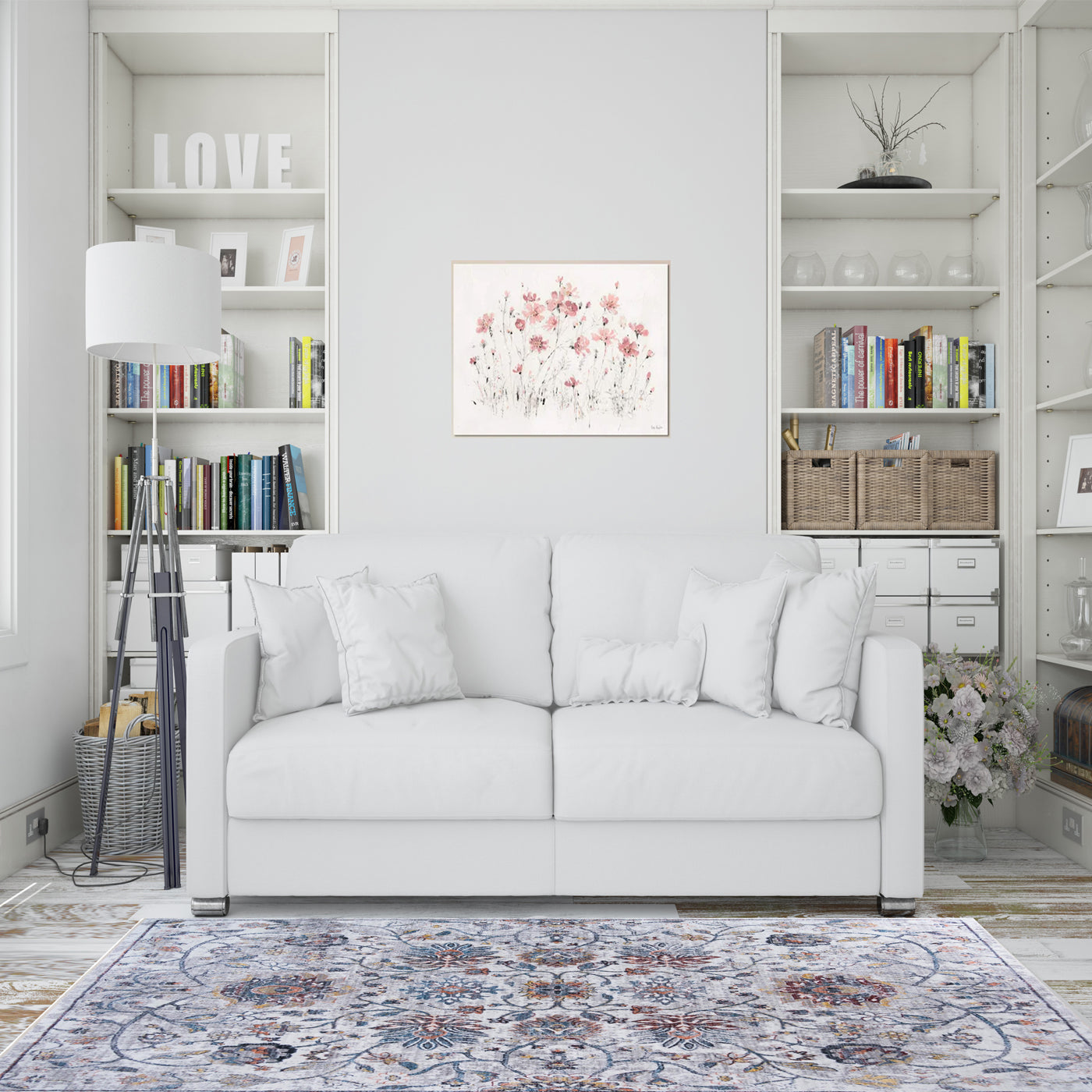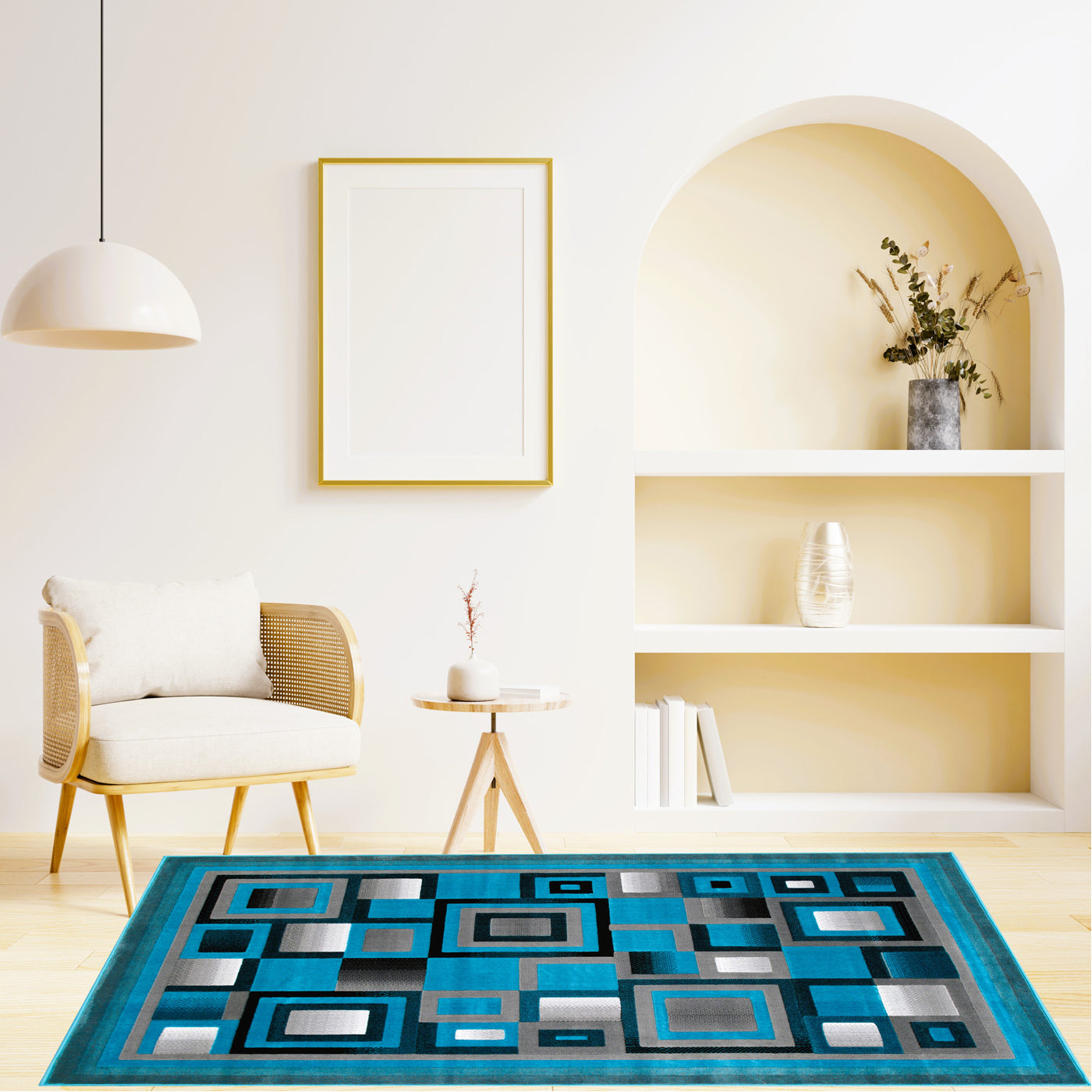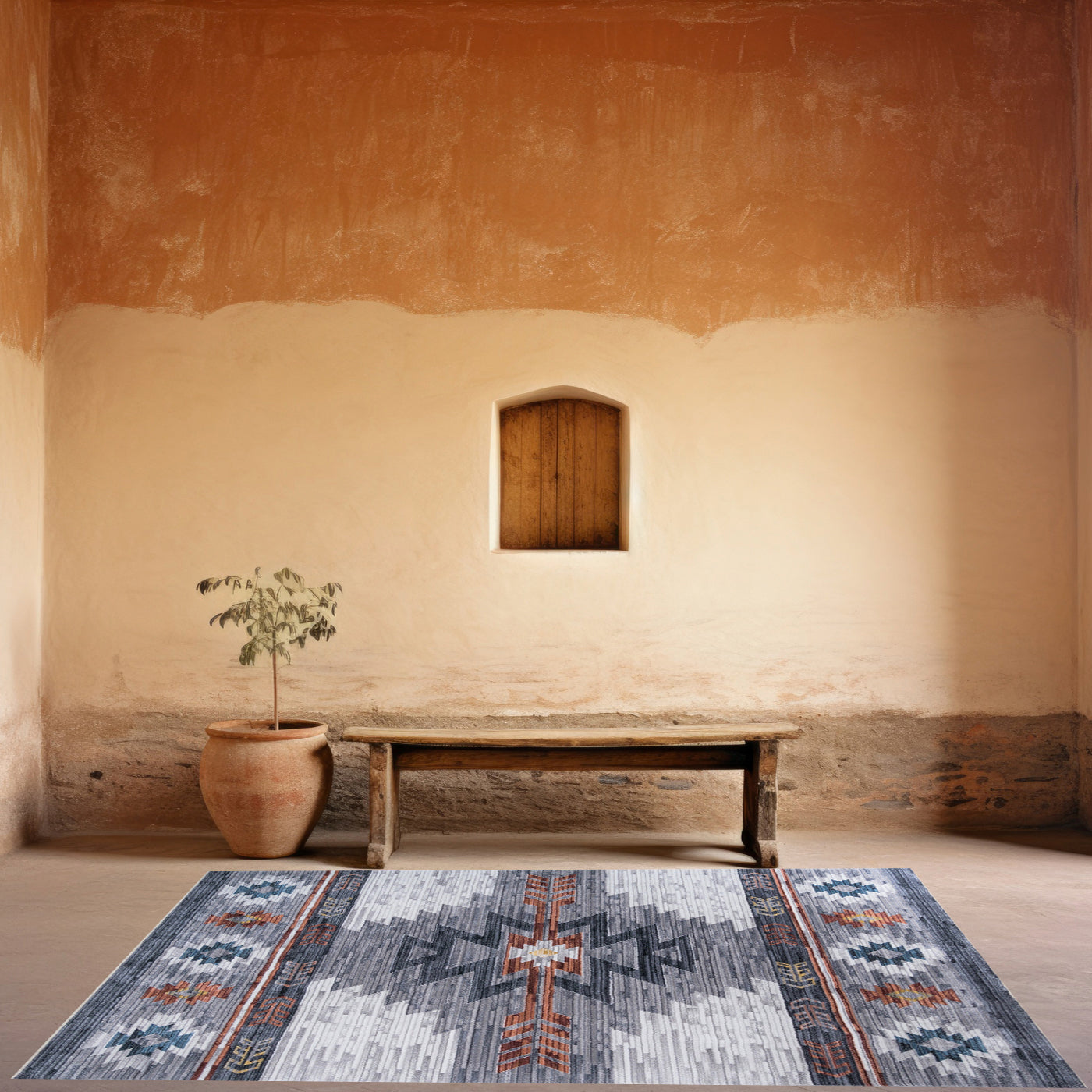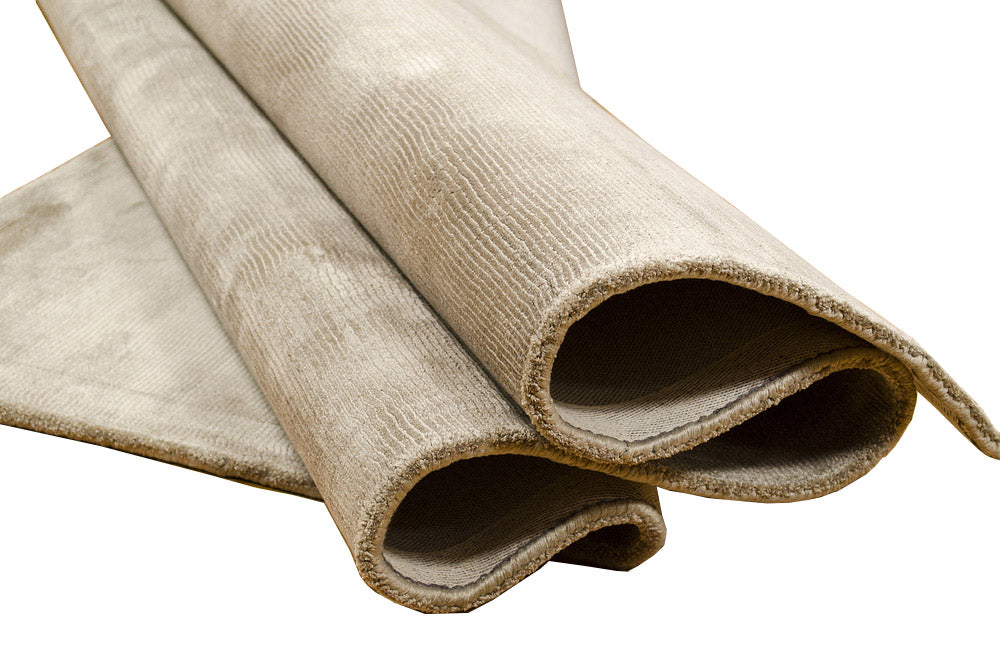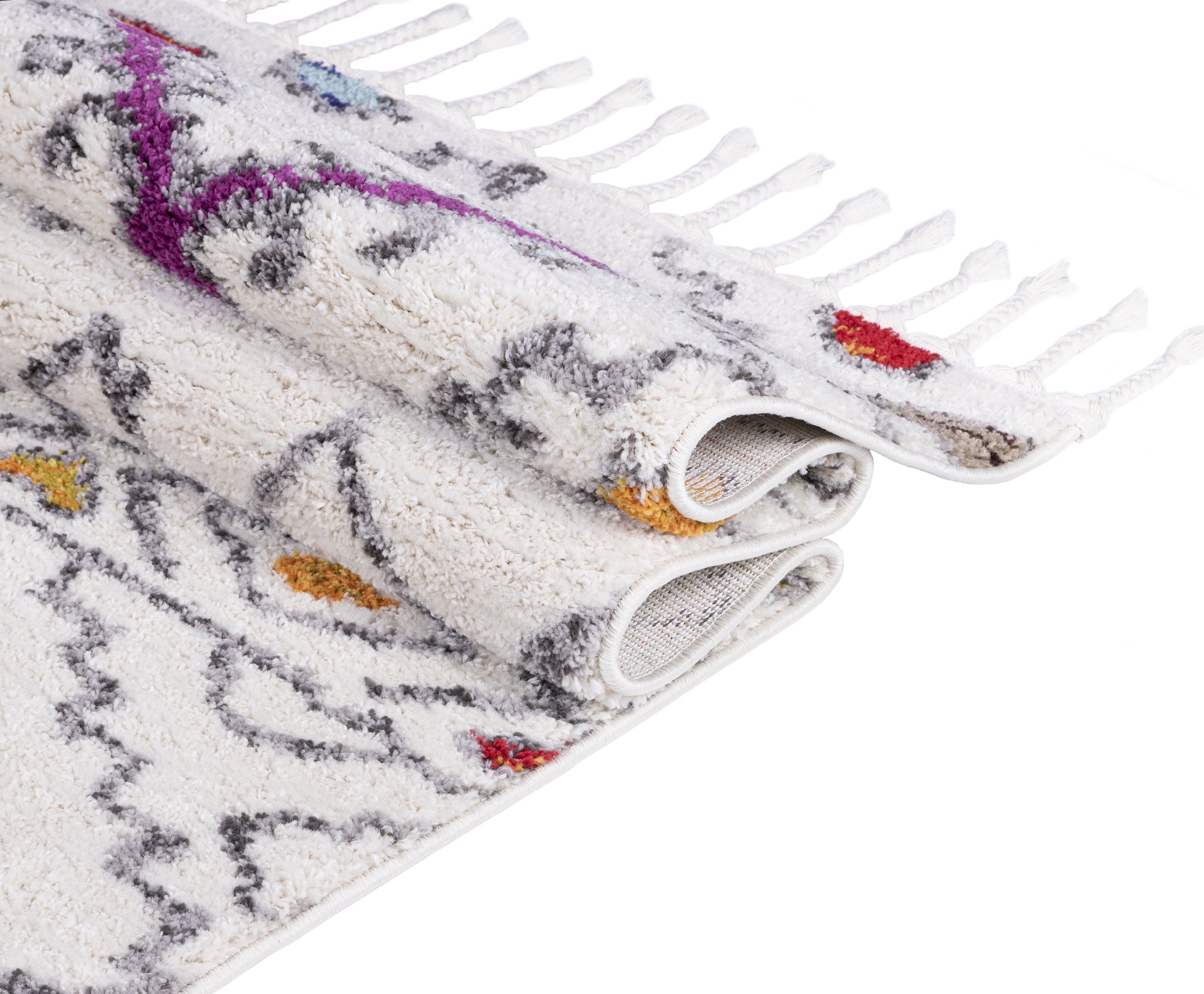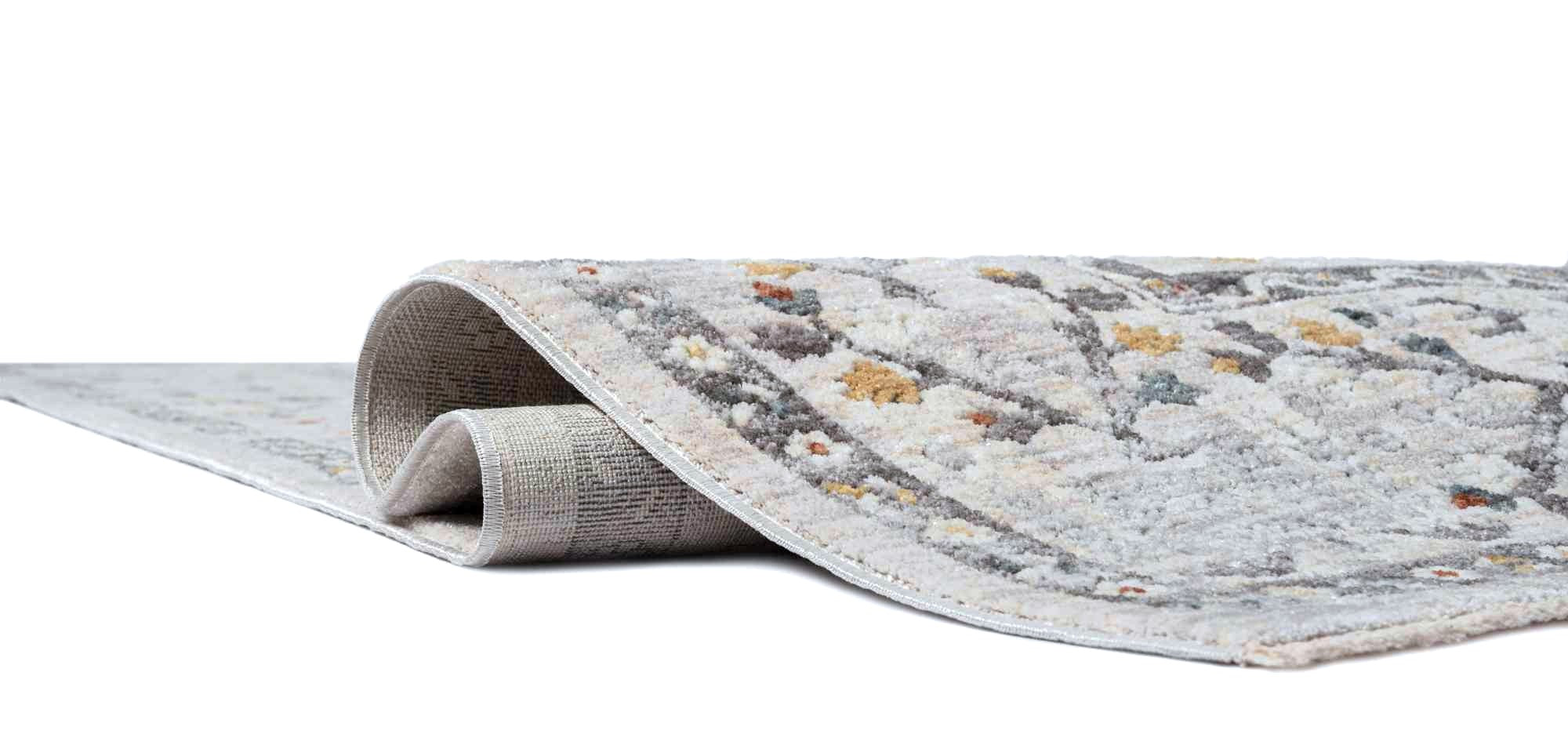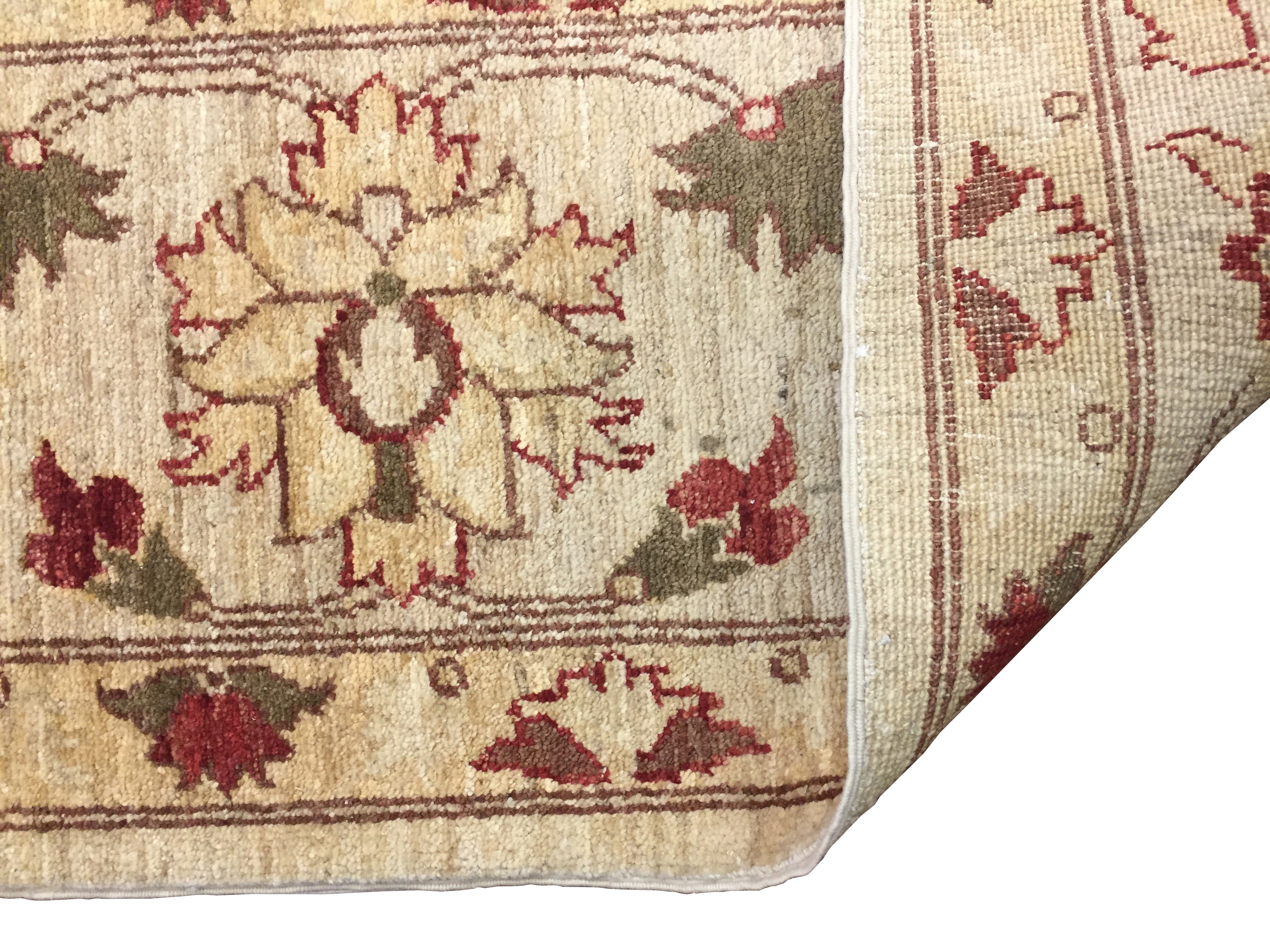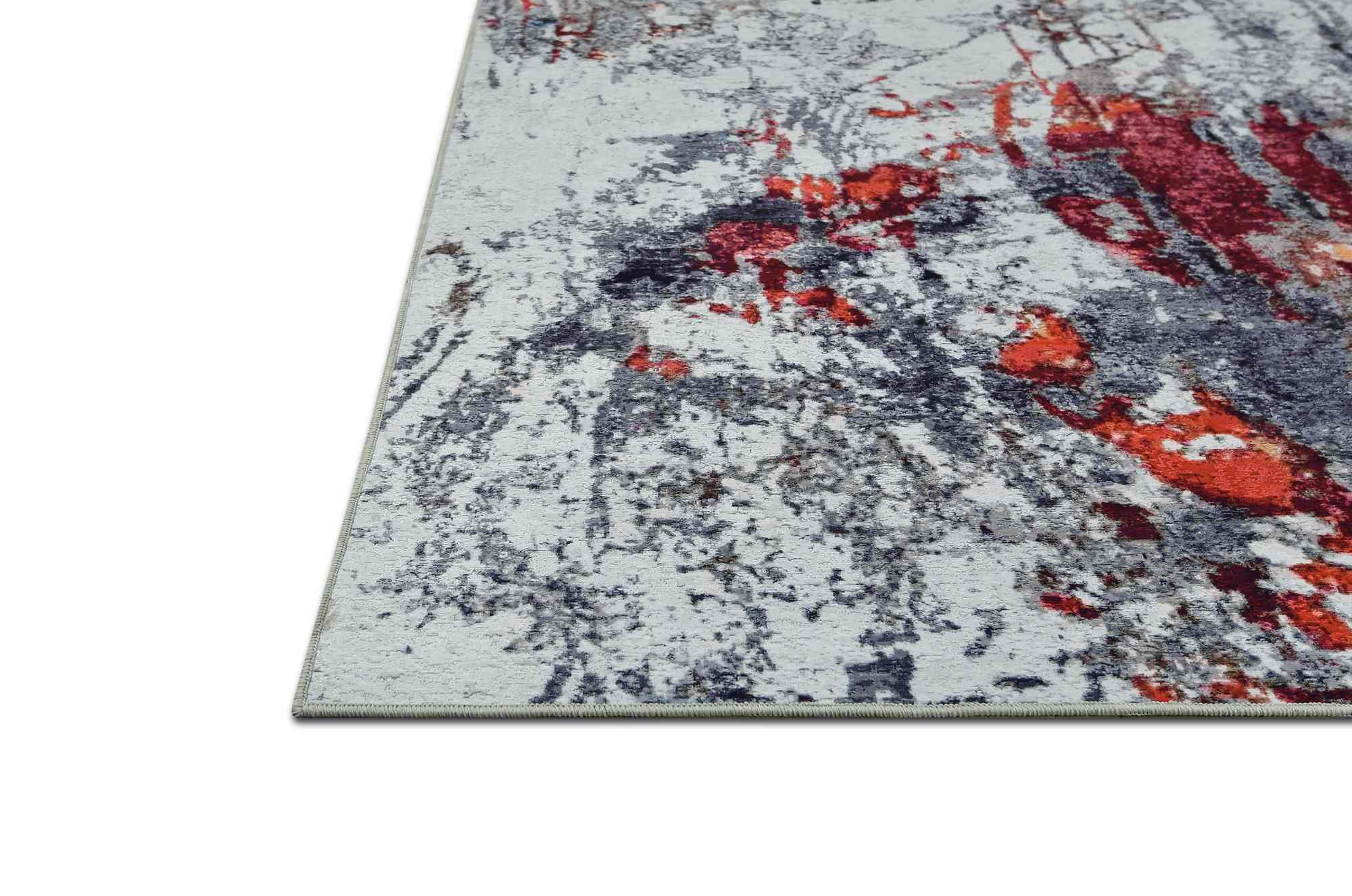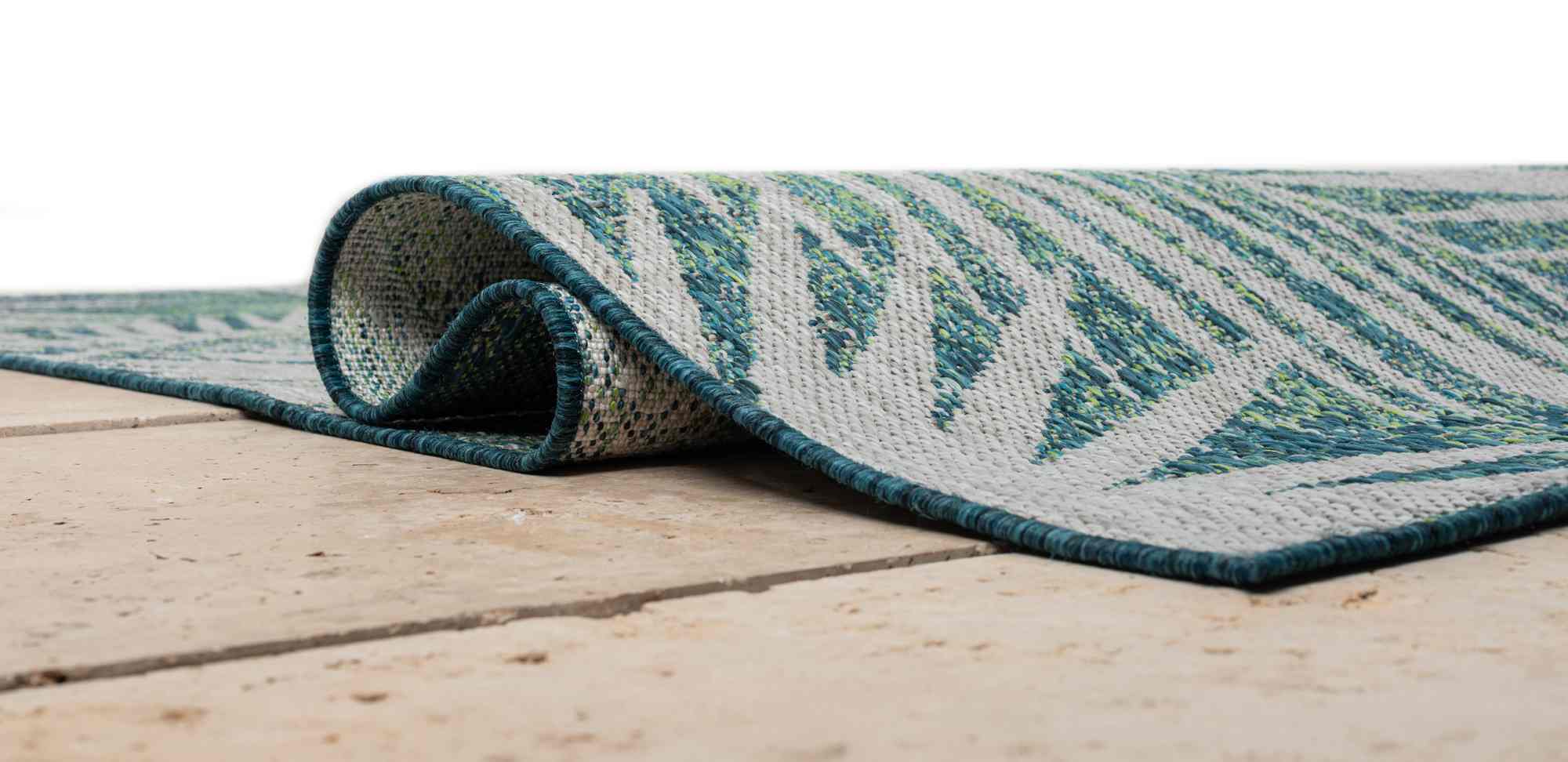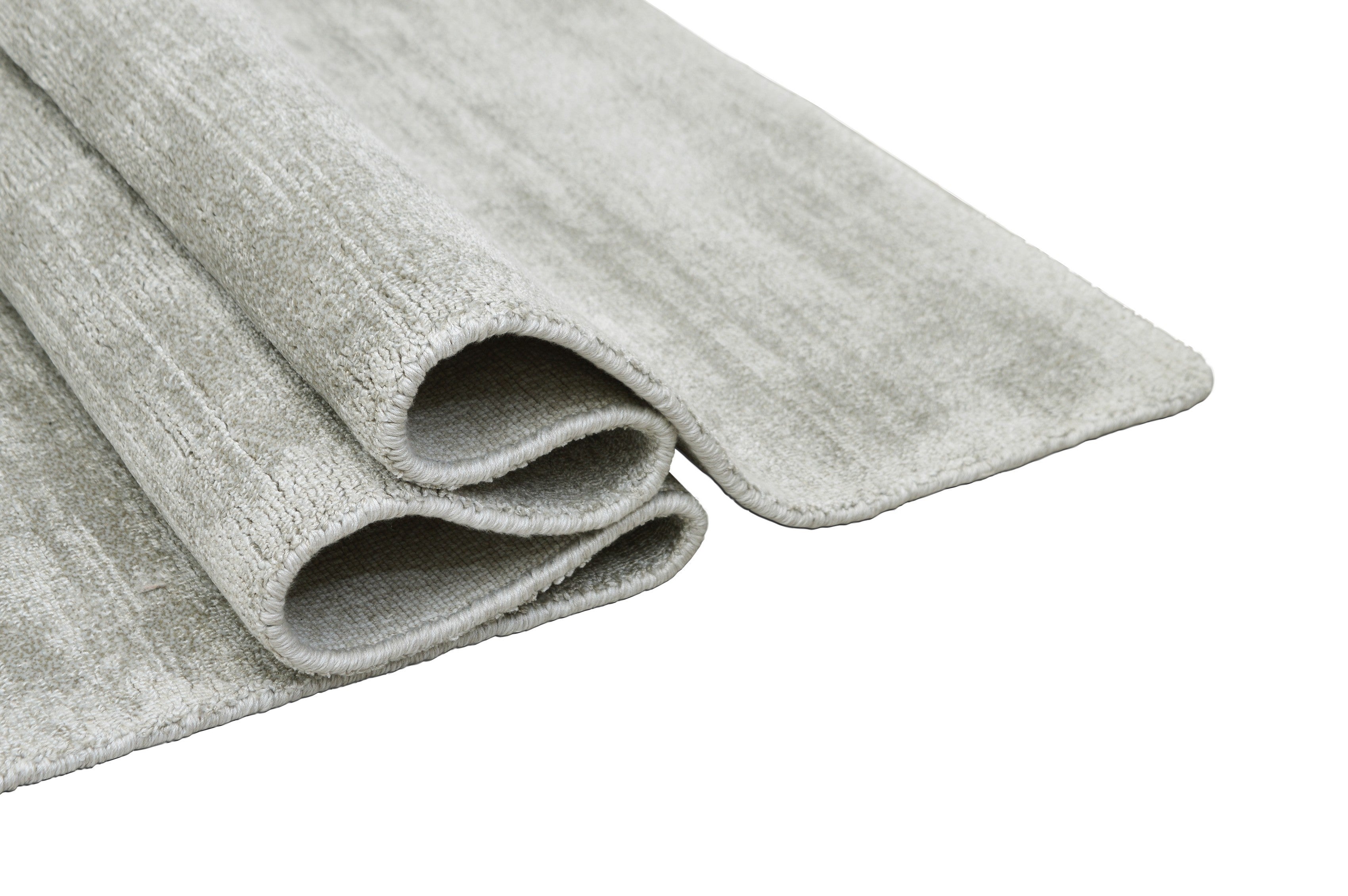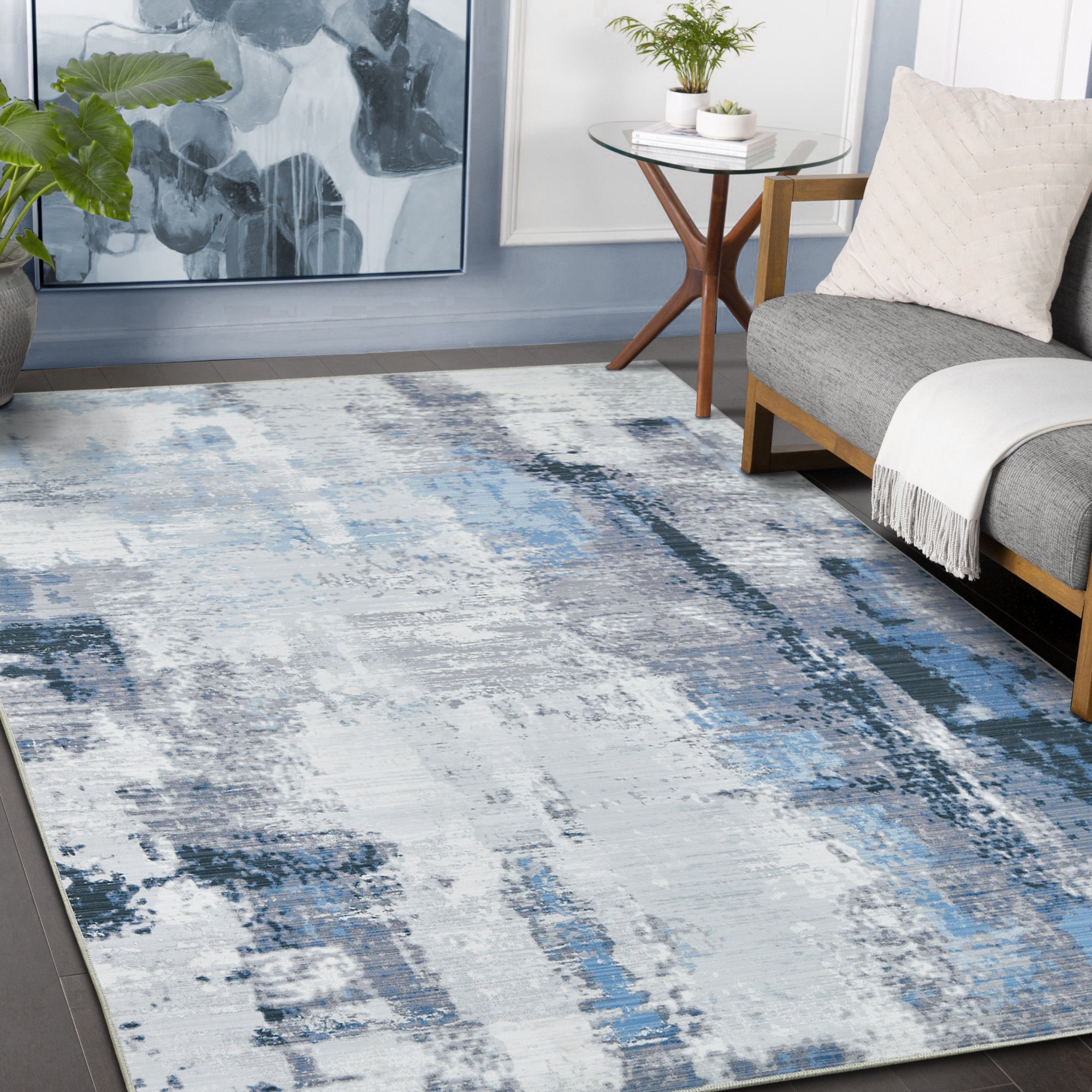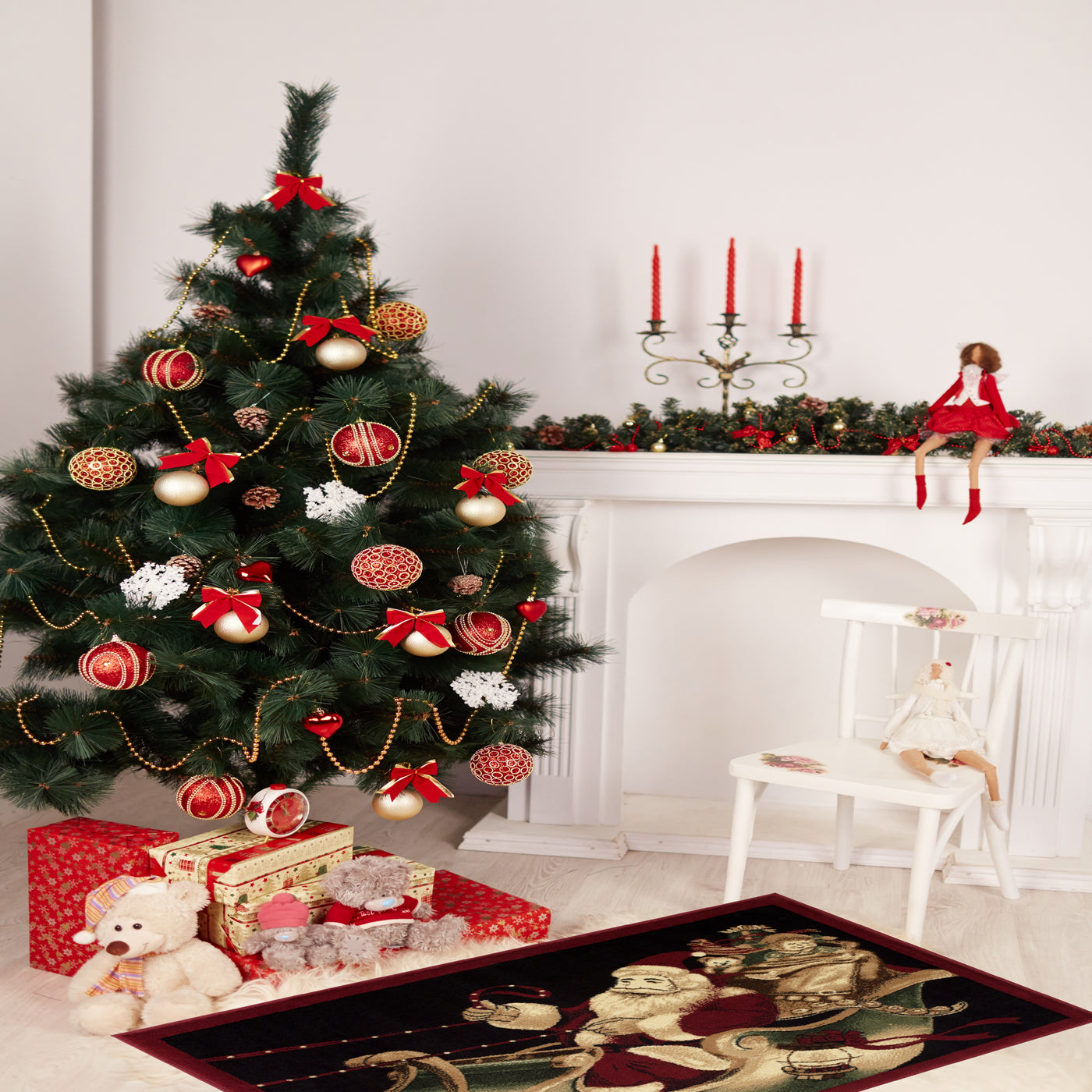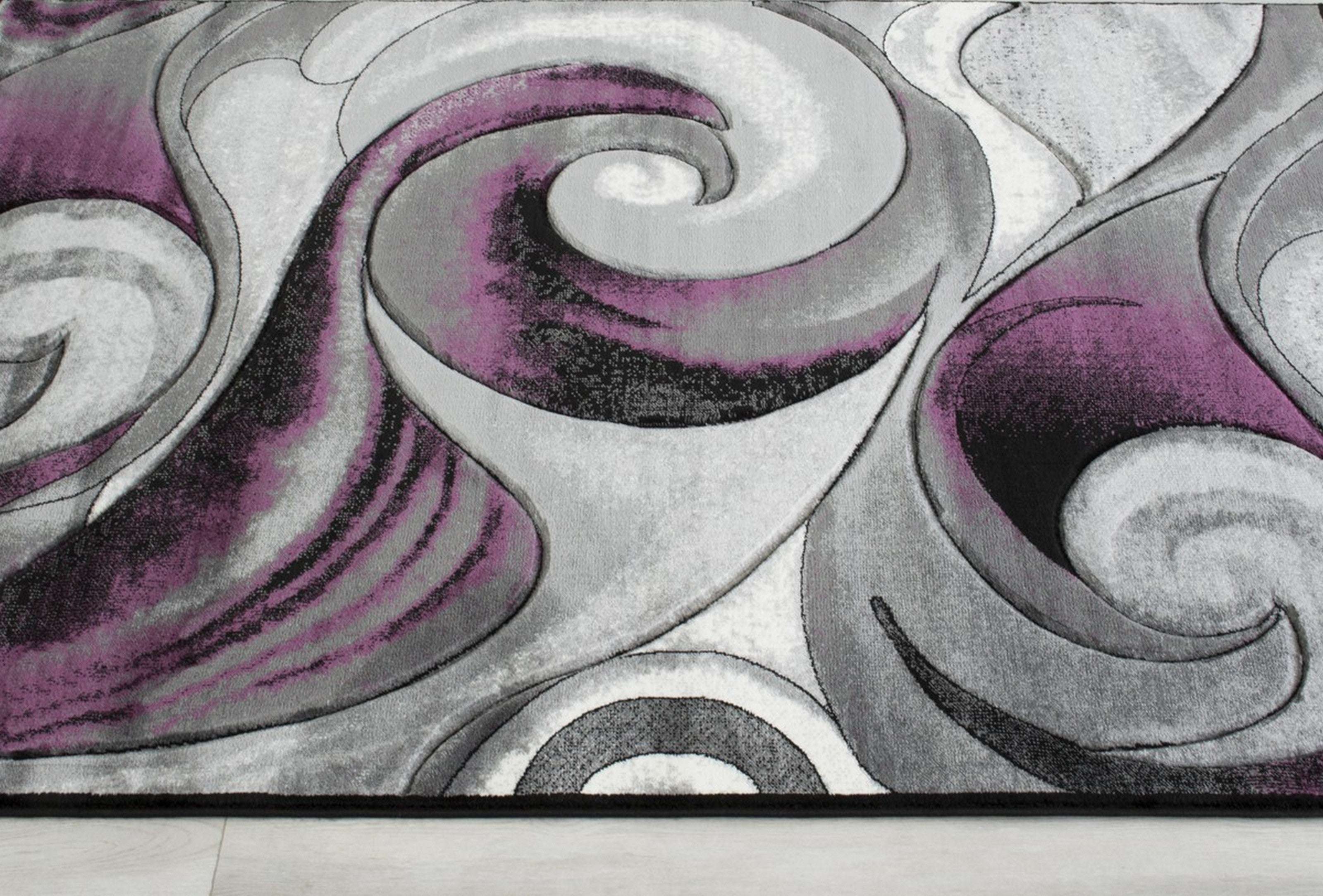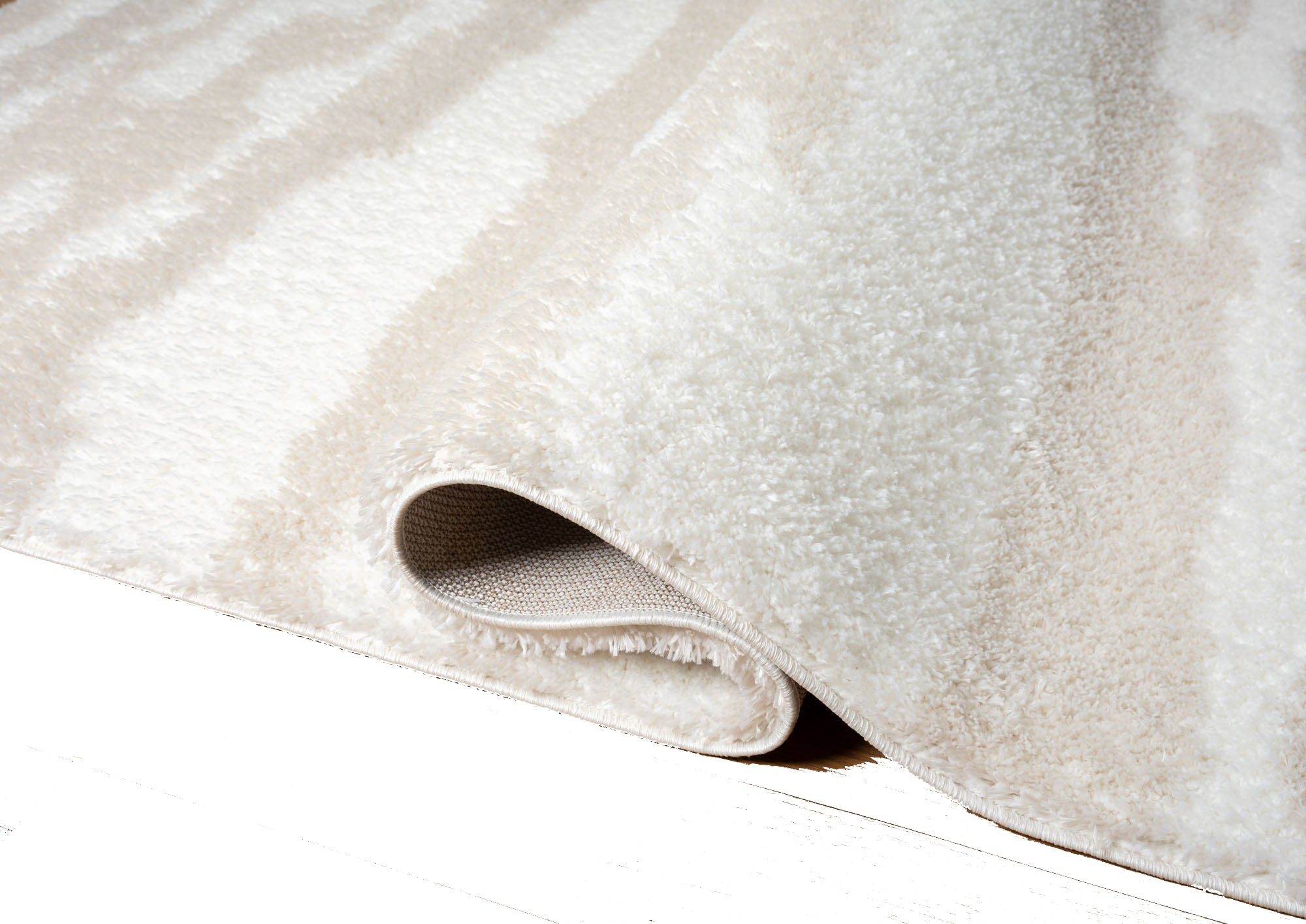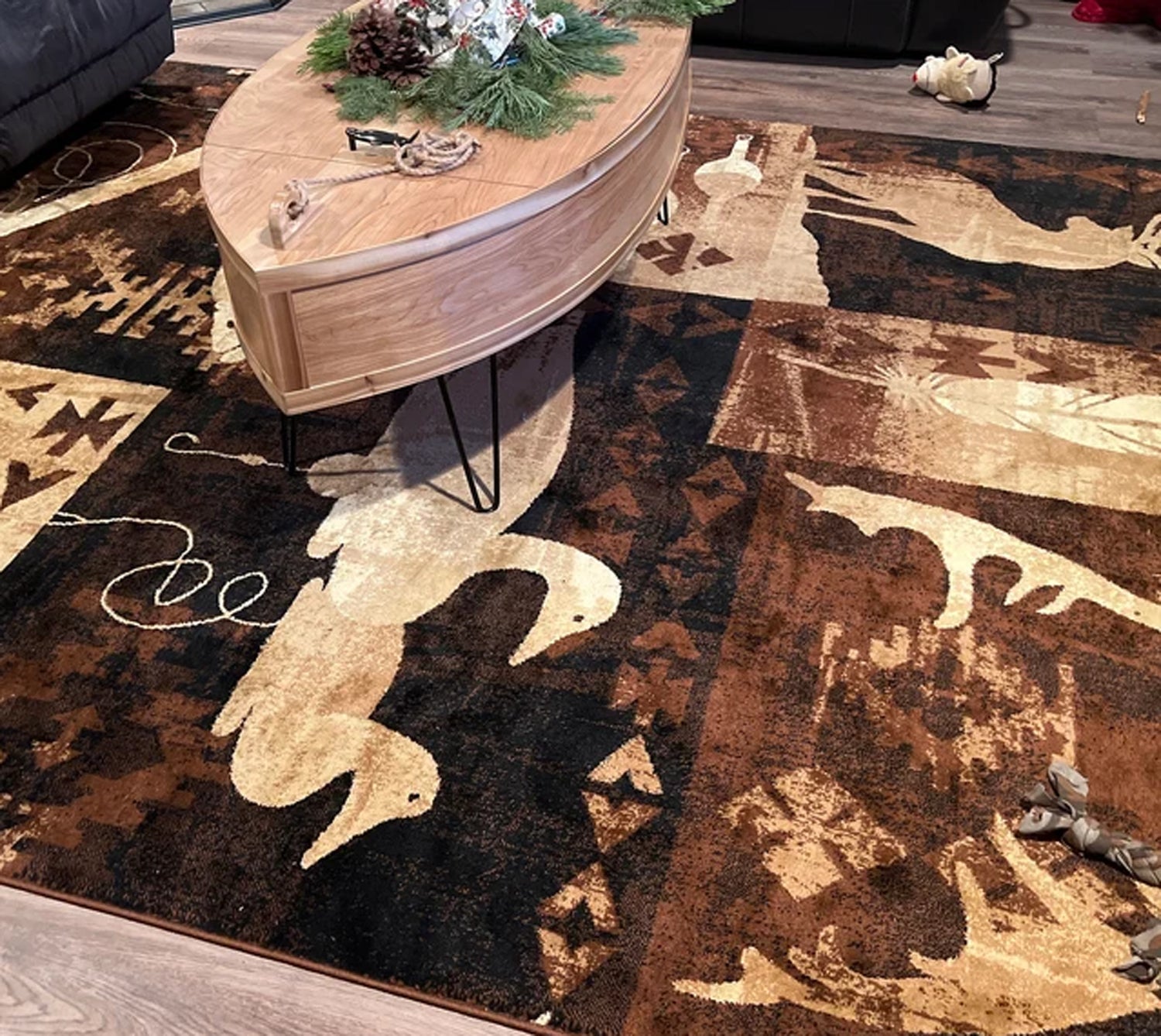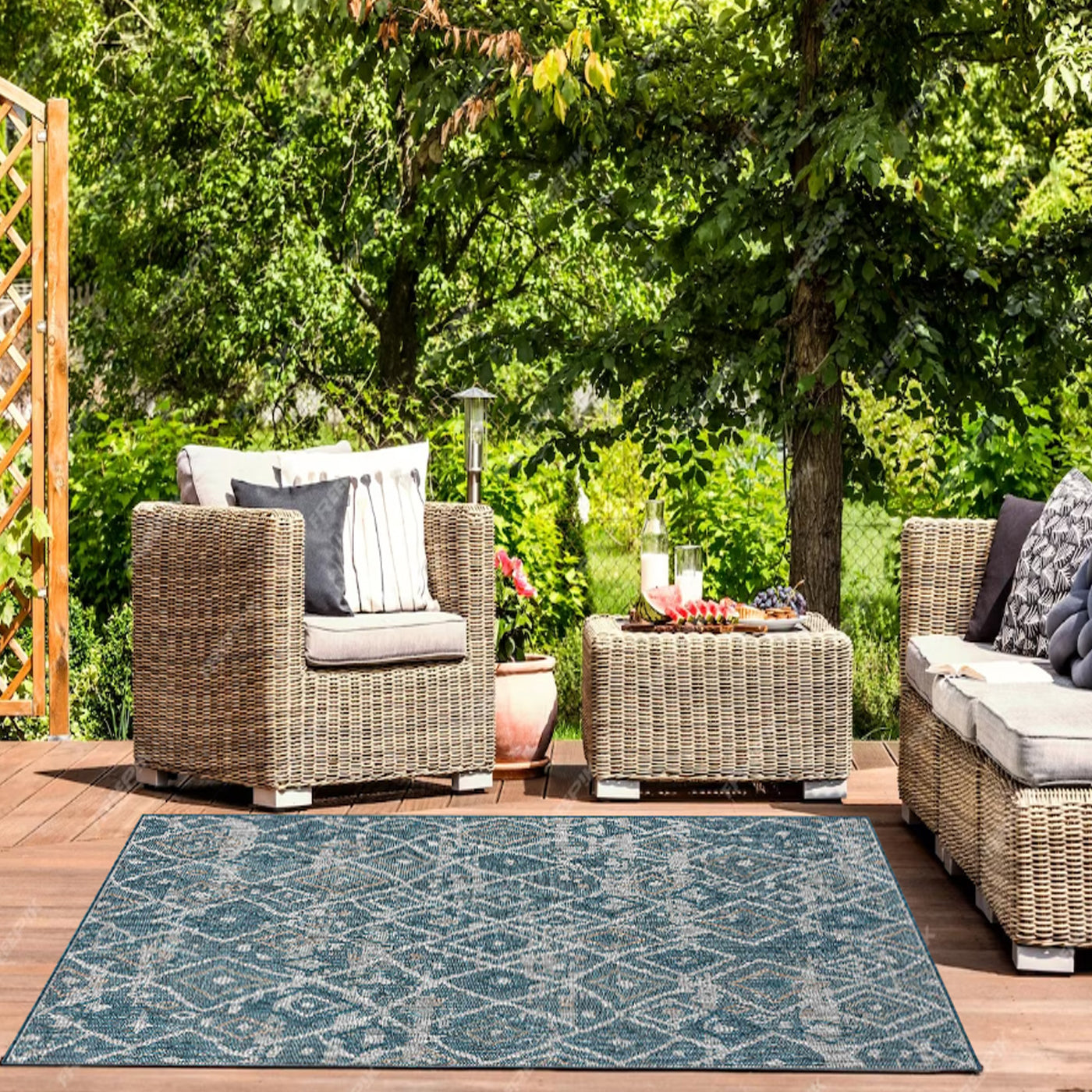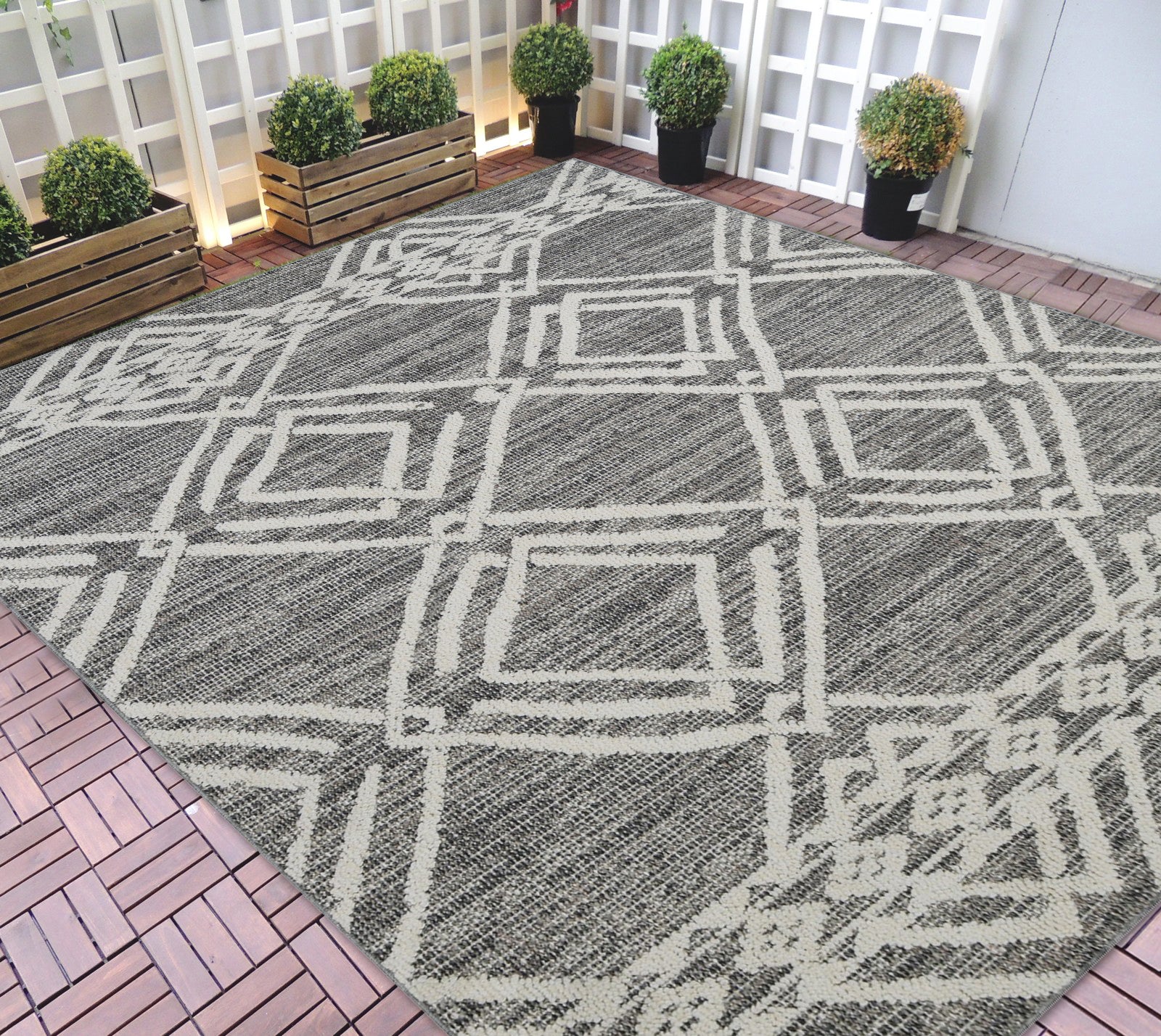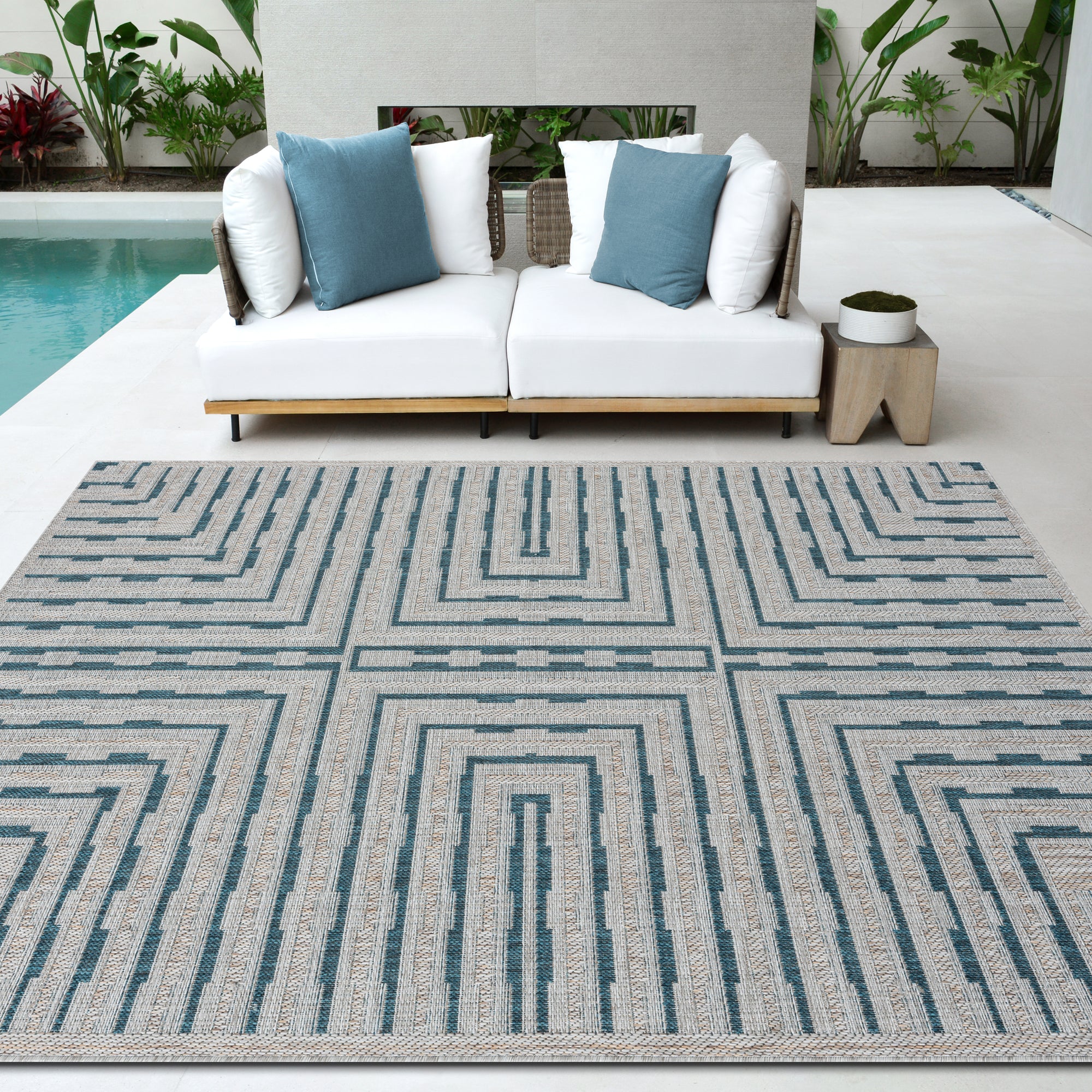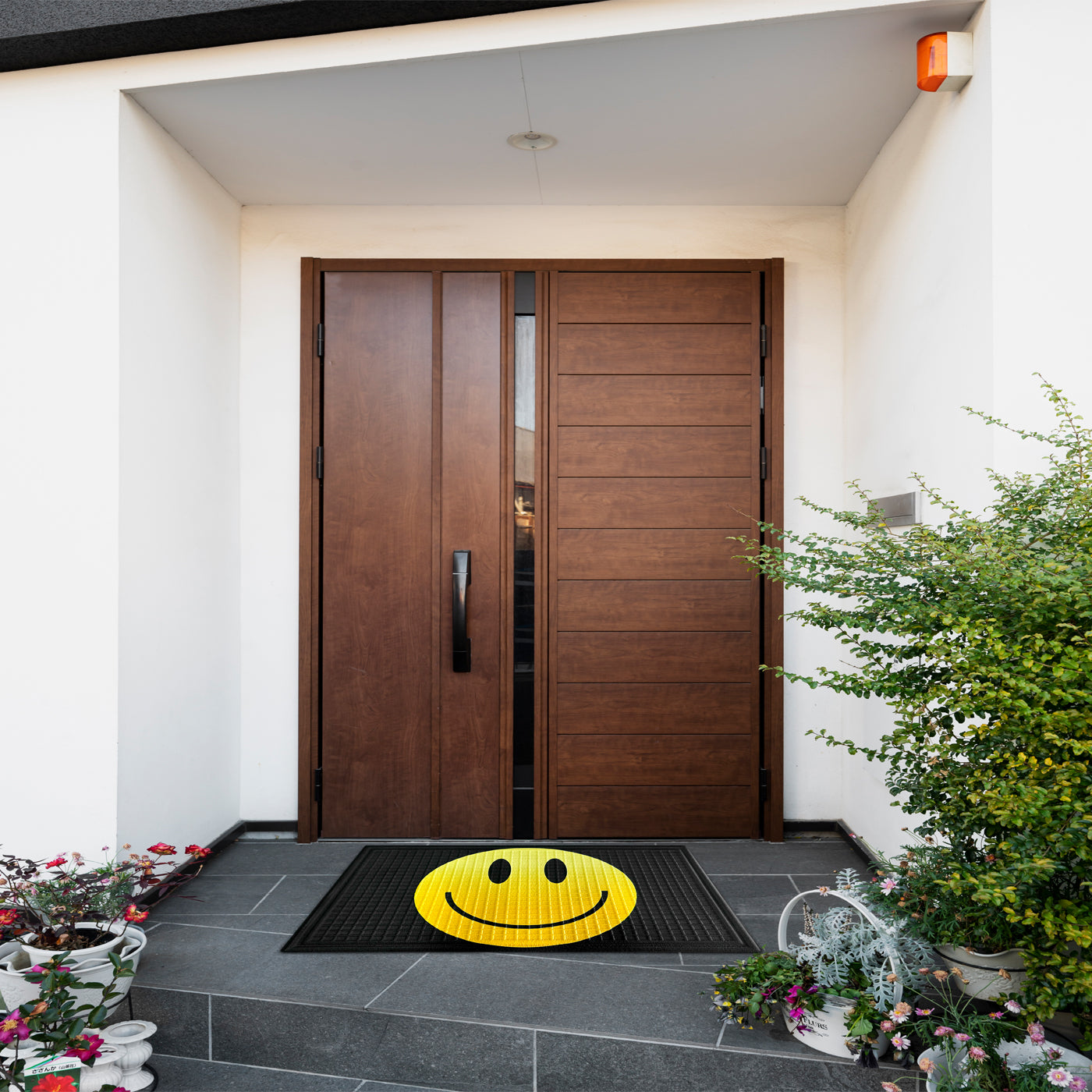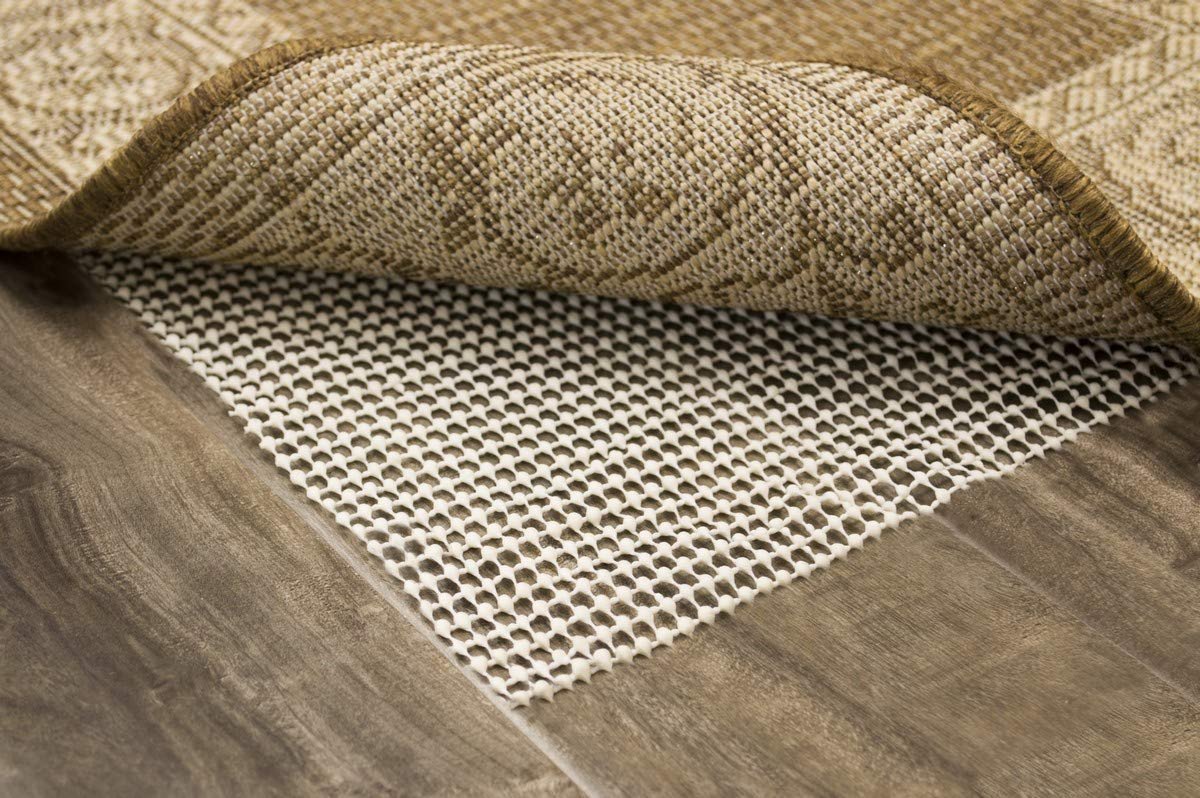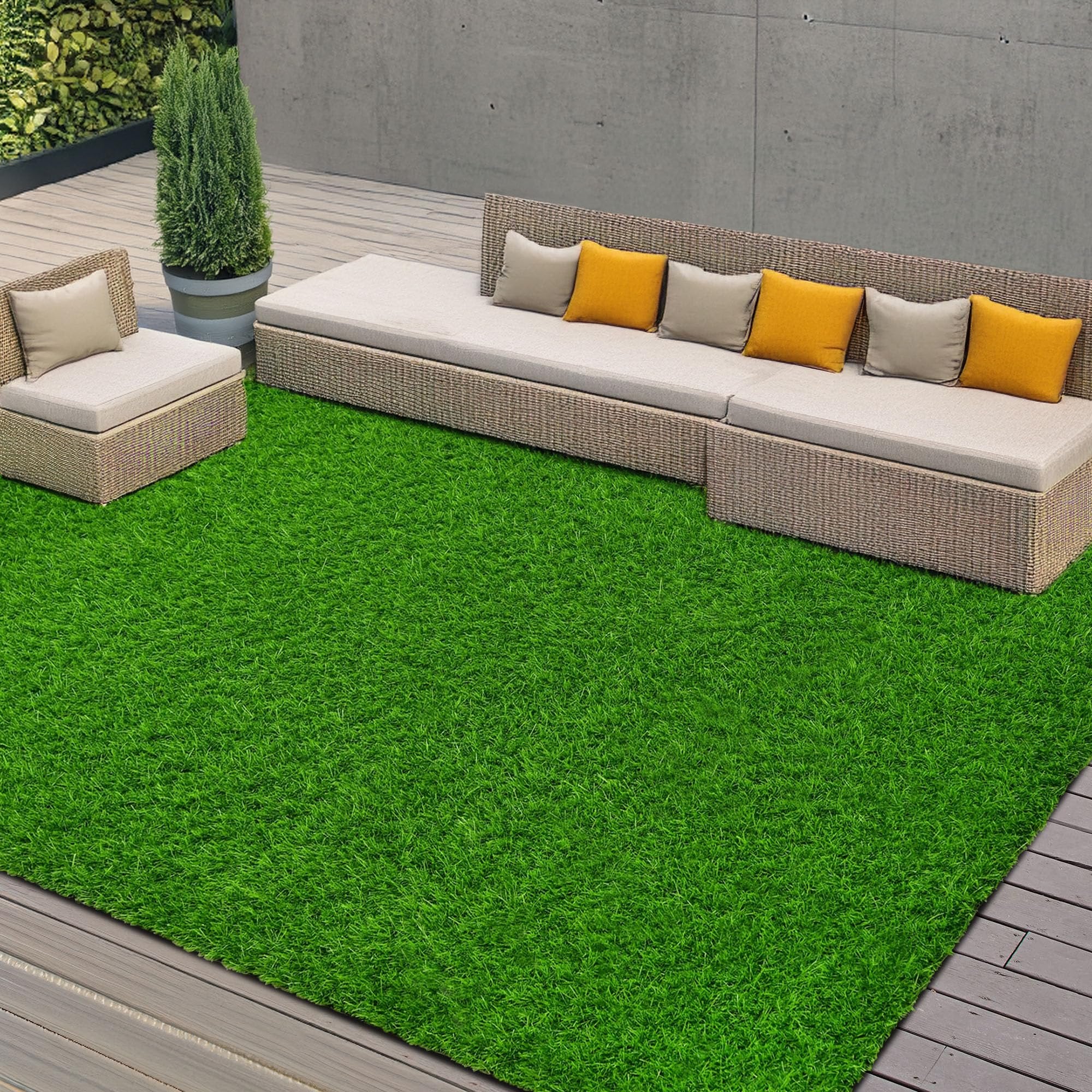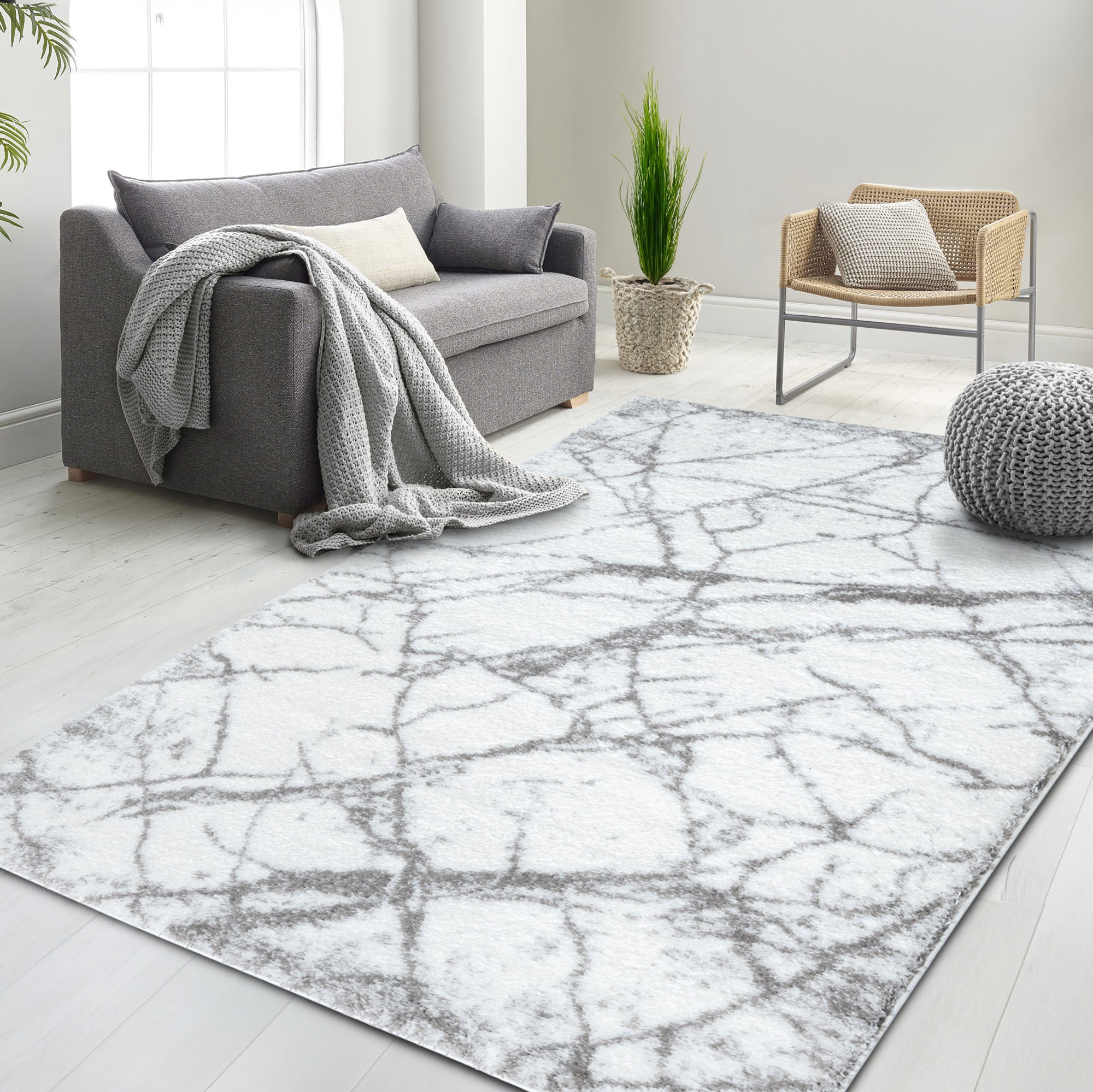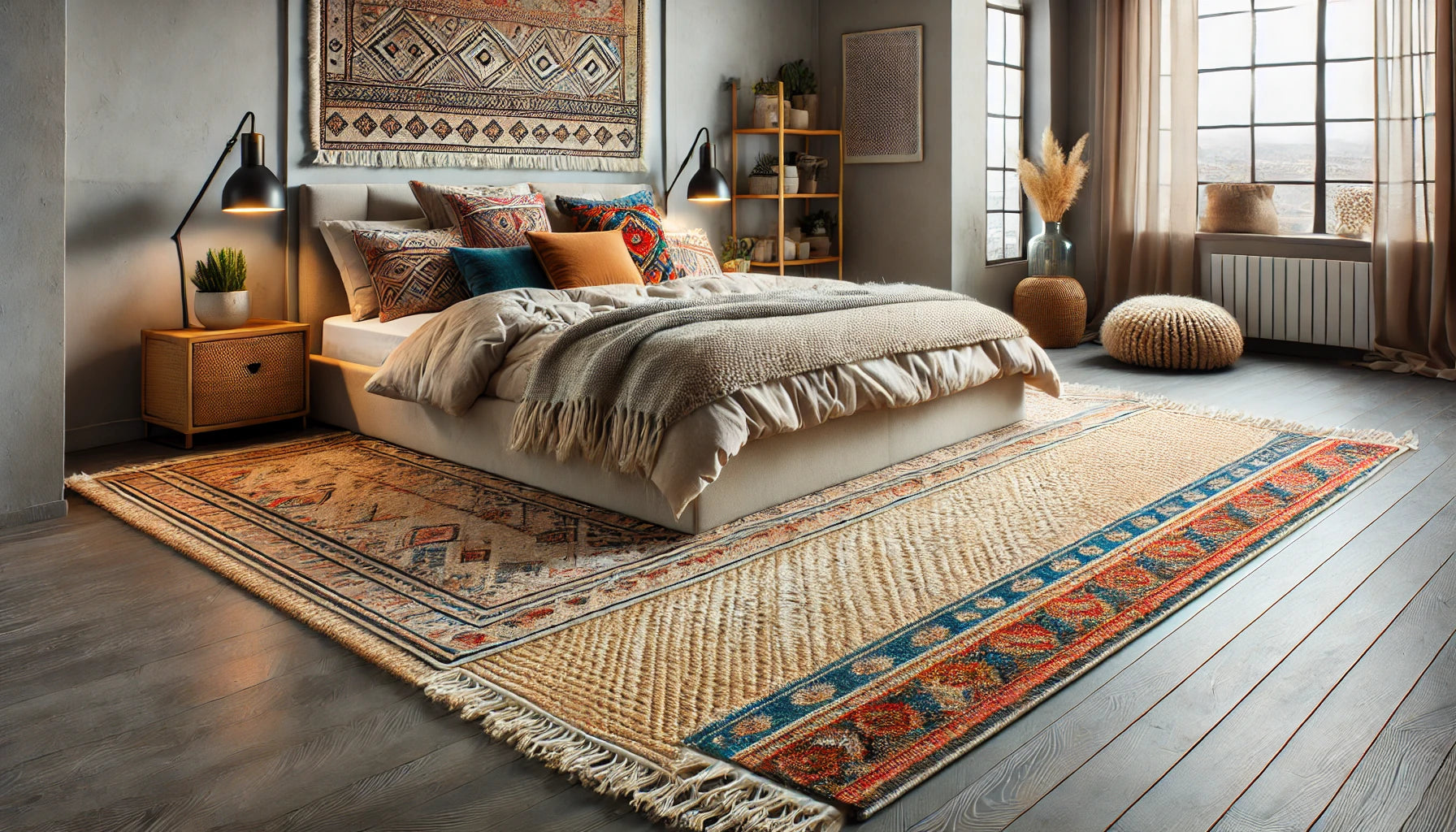
How to Layer Rugs in Your Bedroom for a Chic Look

Discover how layering rugs in your bedroom can transform your space into a visually captivating and cozy environment. This guide explores the aesthetic and functional benefits of chic rug layering tips, integrating various textures and patterns to enhance your bedroom’s decor.
Basics of Rug Layering
Rug layering involves using multiple rugs in a single space to create depth, add comfort, and introduce an eclectic mix of colors and textures. This technique is essential in achieving a stylish and personalized bedroom atmosphere. To understand more about rug placement and how it affects your decor, check out our guide on rug placement.
Choosing the Right Rugs
Material Considerations
When selecting materials for layering, consider using a jute rug over carpet as a base for its durability and neutral appearance, which allows more decorative top layers like Persian rugs or cowhide rugs to stand out. Combining different materials such as wool, cotton, and synthetic fibers ensures durability while maintaining underfoot comfort. Natural fiber rugs like jute or sisal as the base, topped with softer, patterned rugs are the best types of rugs for layering in a bedroom.
For more on choosing the right materials, read our rug maintenance guide.
Color and Pattern Coordination
To create a harmonious look, opt for colors and patterns that complement each other. Start with a neutral base and add a patterned or brightly colored top rug to bring a pop of color and visual interest. Using analogous colors can help maintain a cohesive look while allowing for creativity in pattern mixing. Select colors within the same palette or use a neutral base rug with a vibrant top rug to achieve complementary colors for layering.
For inspiration on unique rug designs and patterns, see our unique rug ideas.
Size and Shape Dynamics
The right sizing is crucial for effective rug layering. A large base rug should extend beyond the bed edges by 2 to 3 feet on each side, providing a solid foundation. Smaller, decorative rugs can then be added to define specific areas or create focal points. A large base rug covering most of the floor with a smaller accent rug on top works best for layering.
For tips on choosing the right size rug, check out our guide on bedroom rug size guide.
Step-by-Step Guide to Layering Rugs
Step 1: Selecting the Base Rug
Choose a large, solid rug as the foundation. This base layer should be durable and simple, setting the stage for additional rugs.
Step 2: Adding the Top Layer
Layer a smaller, more decorative rug on top. This piece can feature bold patterns or interesting textures to enhance the room’s aesthetics and add visual depth.
Step 3: Placement Techniques
Experiment with different placements—centering, offsetting, or angling the top rug to achieve the desired effect. These techniques help define the space while maintaining visual balance and proportion. Place the larger rug at an angle or centrally, and the smaller rug off-center or at an angle to enhance the bedroom's aesthetics. For more ideas on placement strategies, see our rug placement guide.
Styling Tips and Tricks
Enhancing Room Geometry
Use layered rugs to alter the perception of your room’s dimensions. Strategically placing rugs can make the room appear larger and more inviting.
Creating a Focal Point
Place an eye-catching rug in a strategic location to draw attention and anchor the bedroom's design. This focal point can be enhanced by the textural contrast between the base and top layer rugs.
Mixing Textures
Combining various textures, from smooth and woven to fluffy and soft, adds layers of tactile interest, making the bedroom more dynamic and comfortable. Combining textures like a flat weave base and a plush top rug adds depth.
For more on choosing textures and materials, read our guide on cozy rugs.
Common Mistakes to Avoid
Ensure that your layered rugs complement rather than clash with each other. Avoid rugs that are too similar in size or patterns that clash excessively.
To learn about common mistakes in rug placement, visit our guide on rug placement mistakes.
Maintenance and Care for Layered Rugs
Maintain your layered rugs by regularly cleaning and rotating them to prevent uneven wear and tear. Address spills immediately to prevent stains and moisture-related damage like mold. Regularly vacuum both rugs, spot-clean stains, and rotate them periodically.
For detailed maintenance tips, check out our rug maintenance guide.
Layering rugs in your bedroom not only enhances its aesthetic appeal but also increases comfort and functionality. By following these tips and techniques, you can achieve a chic, personalized look that reflects your style while ensuring a practical living space.
For further inspiration on creating a stylish and comfortable bedroom, explore our elegant rugs guide. And for comprehensive advice on selecting the perfect rug, visit our complete guide.


